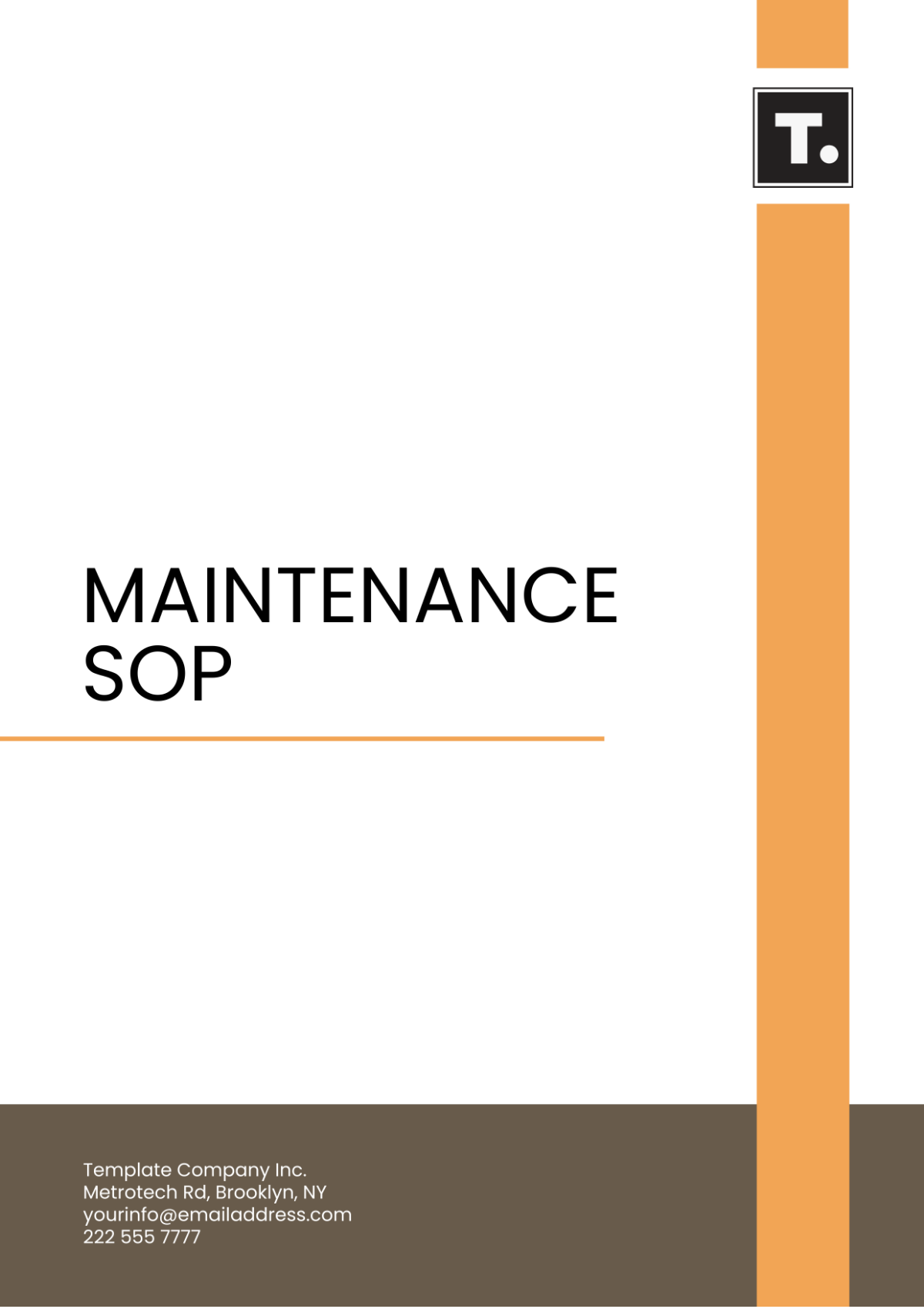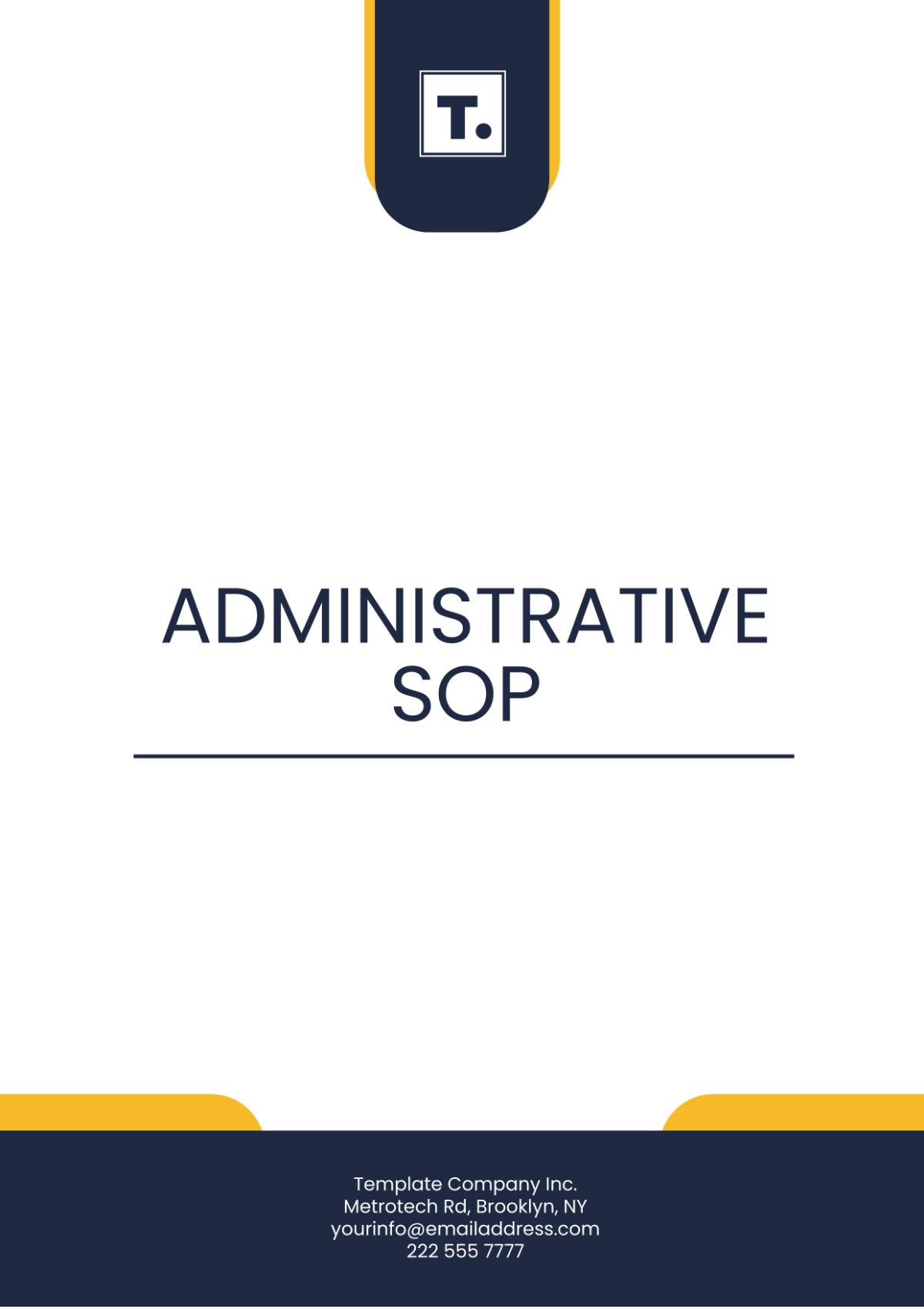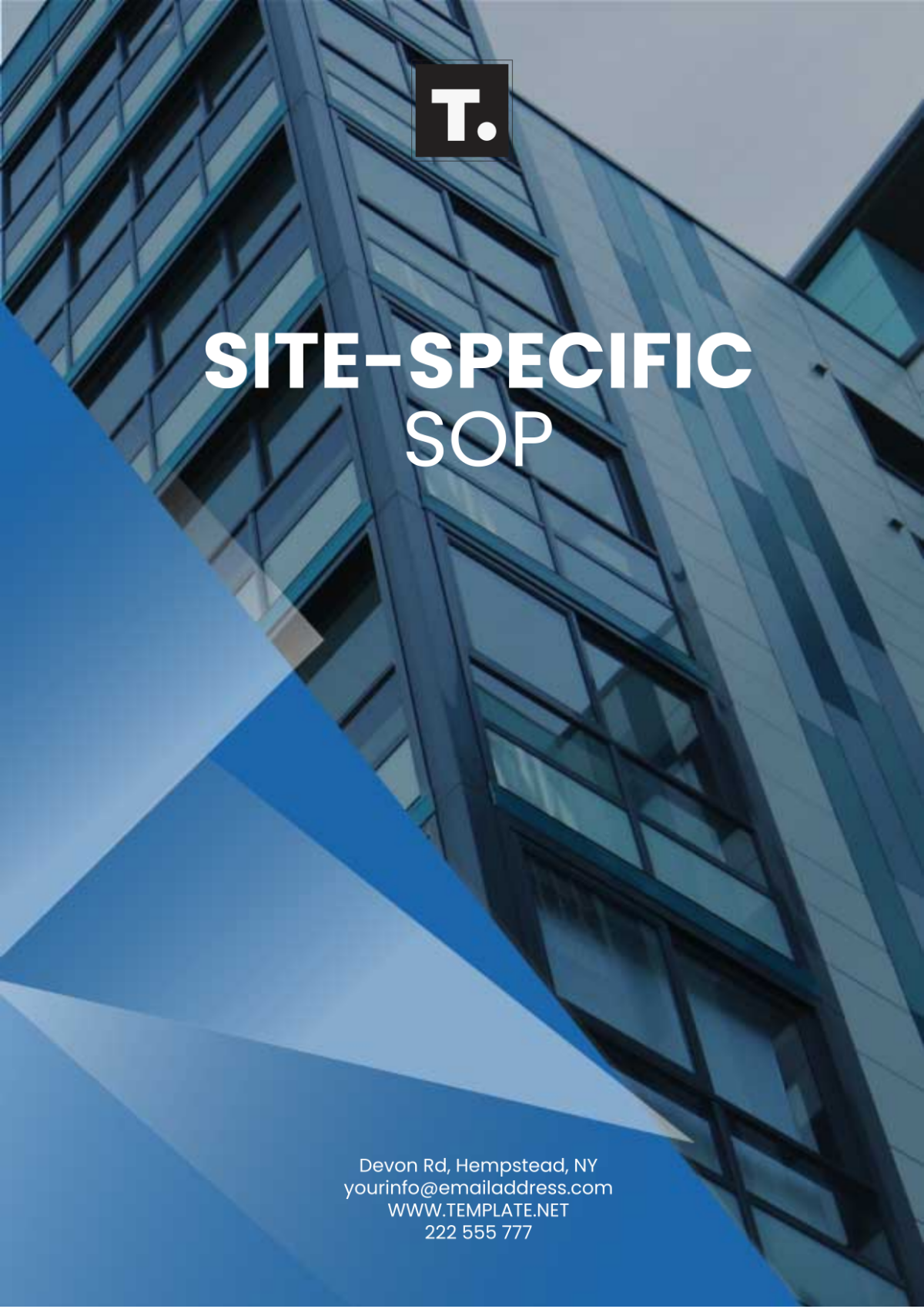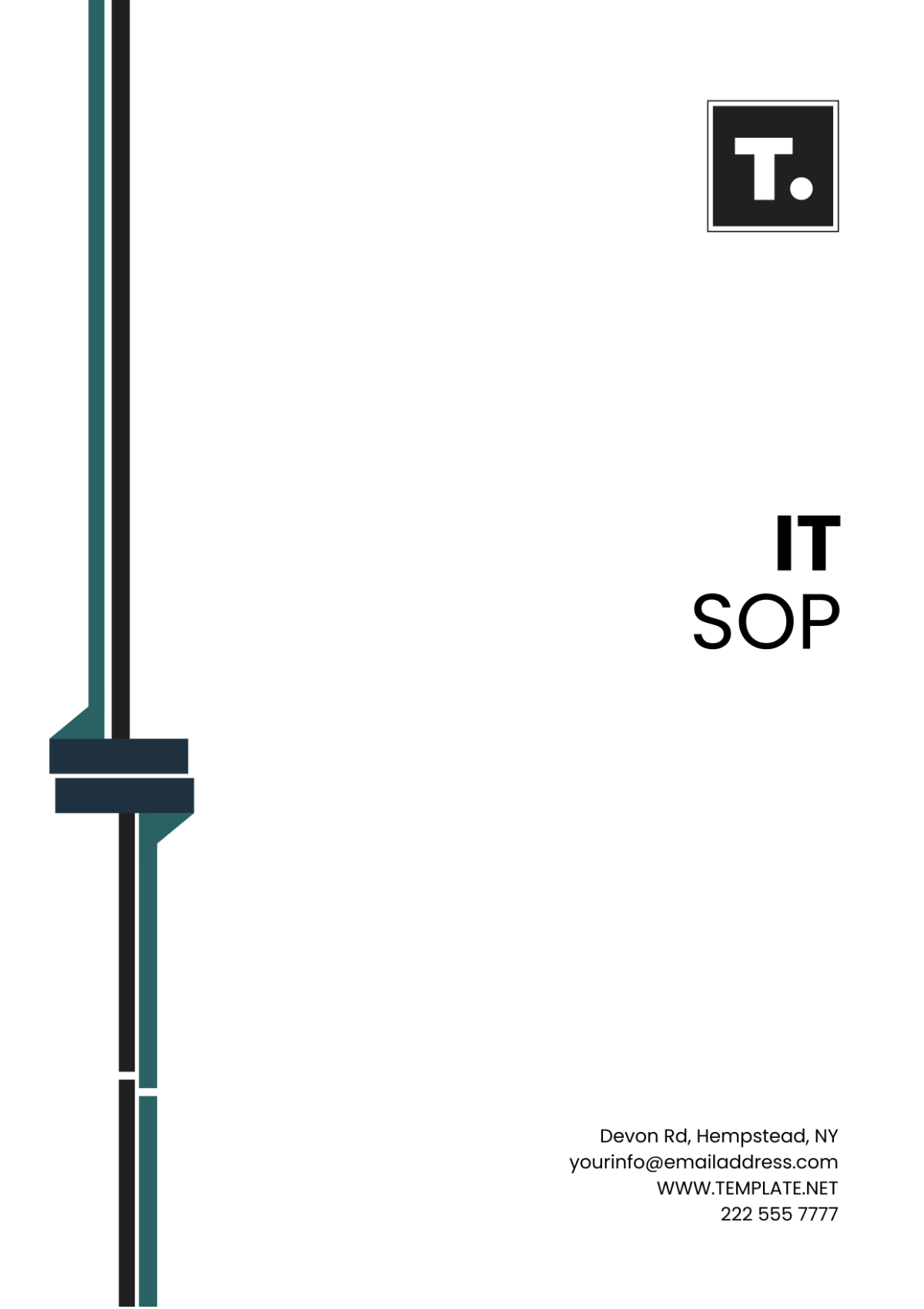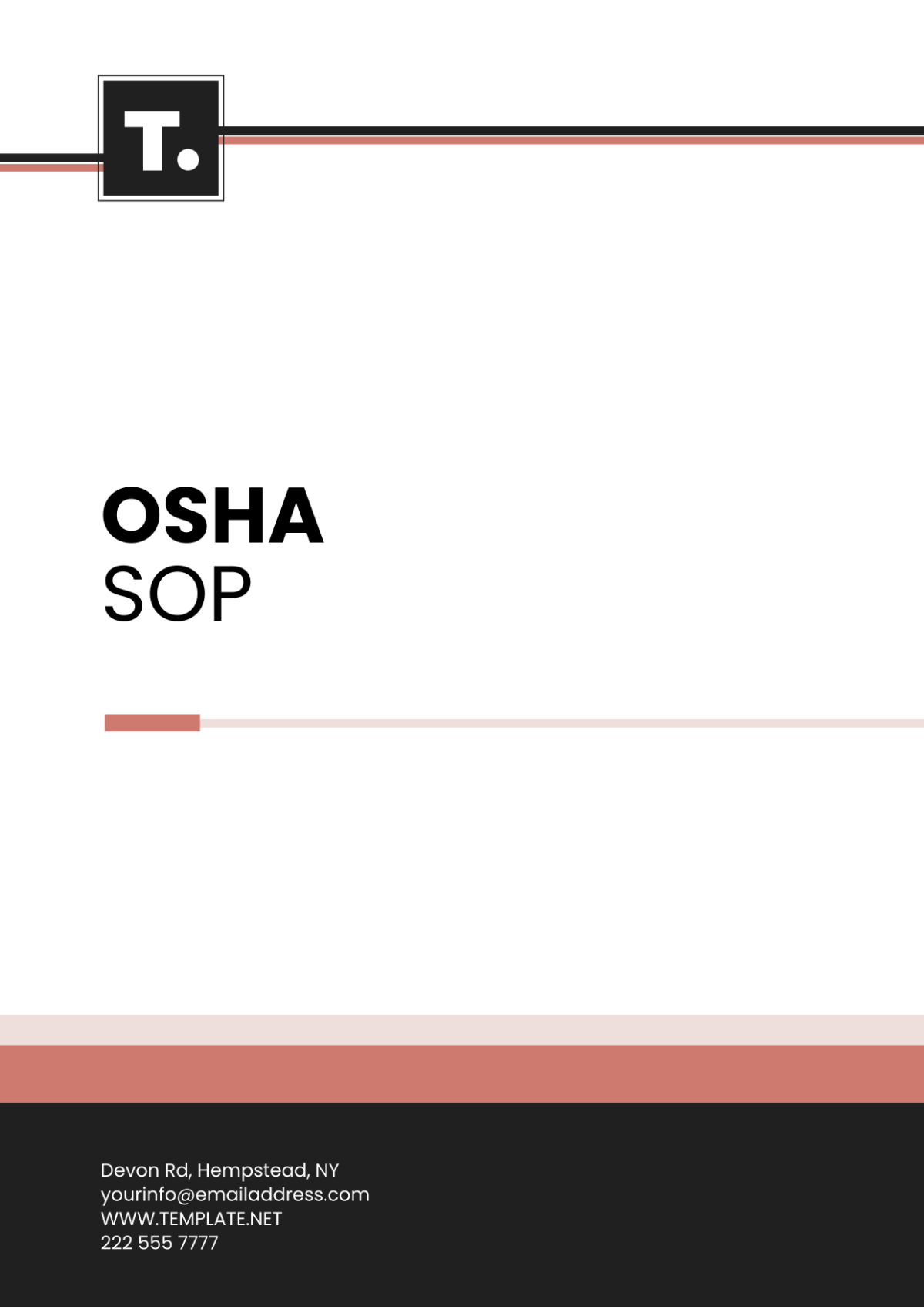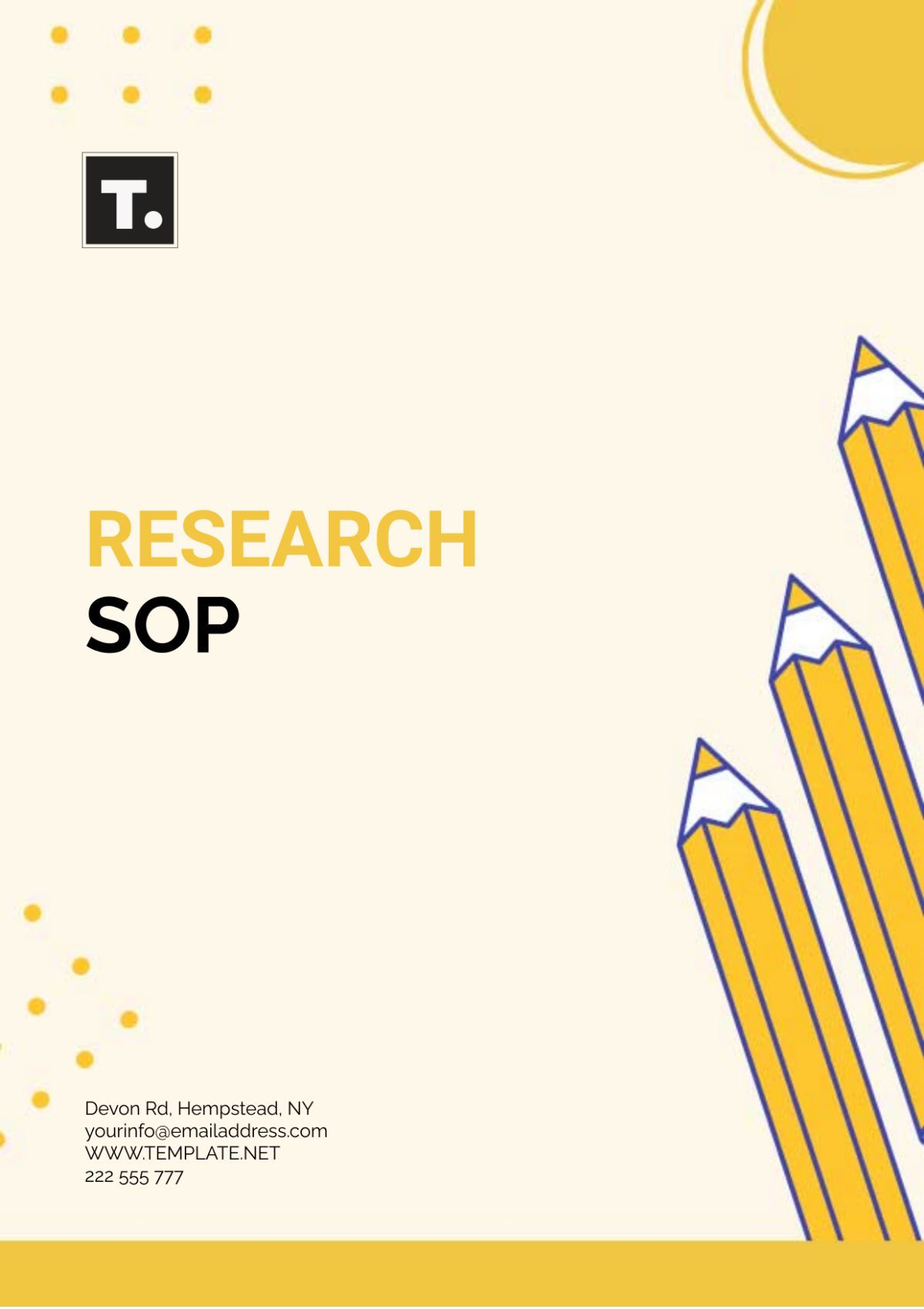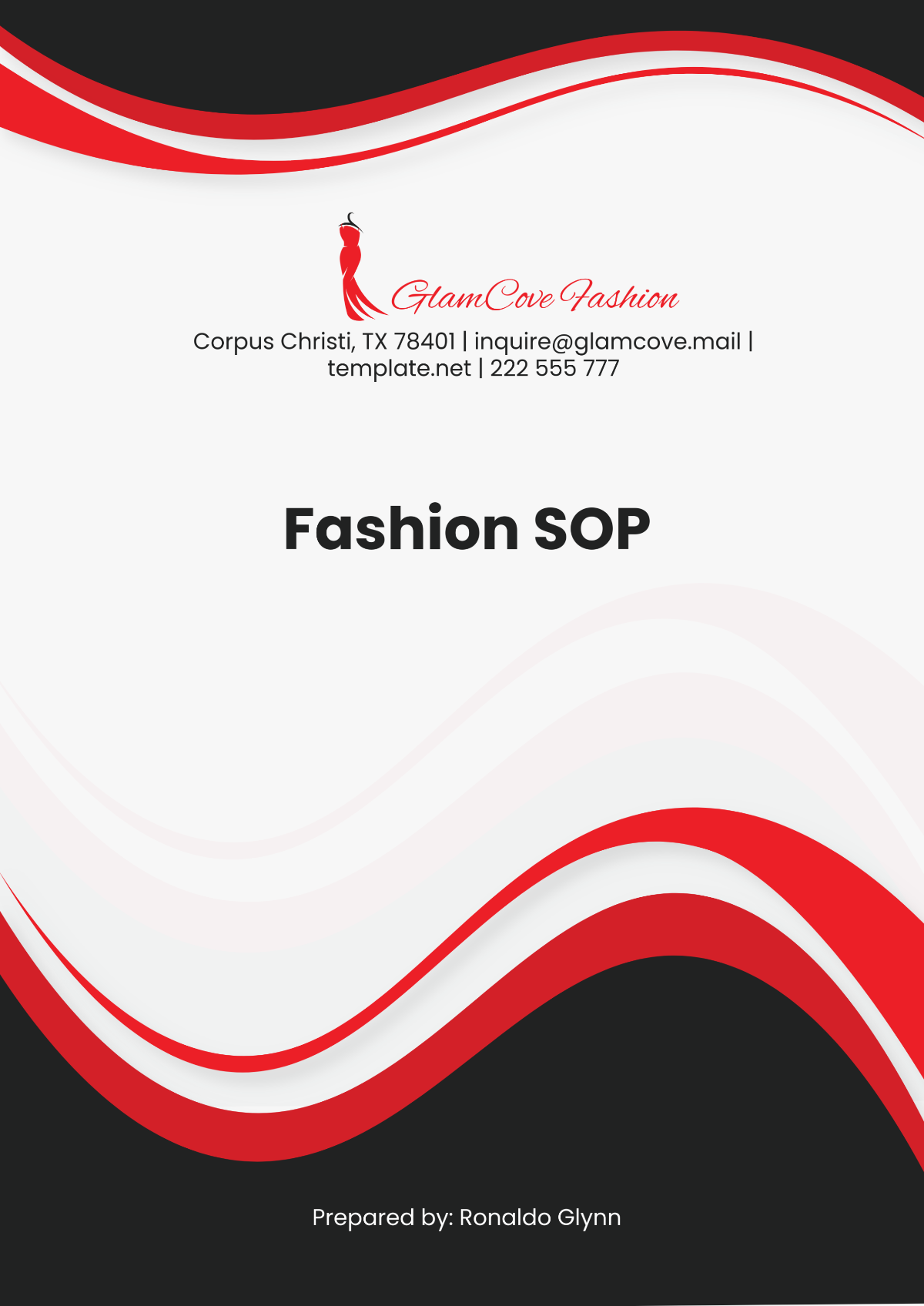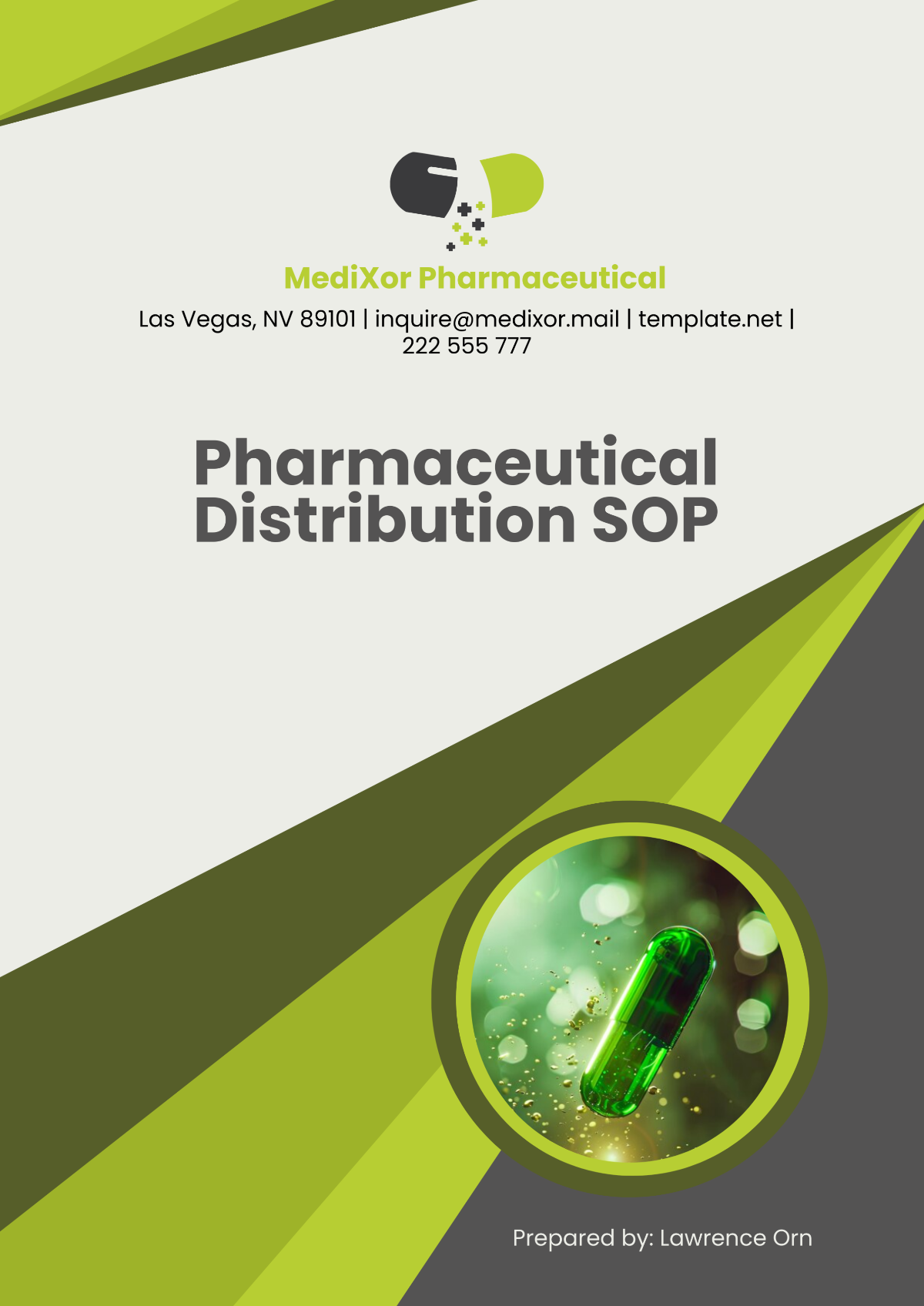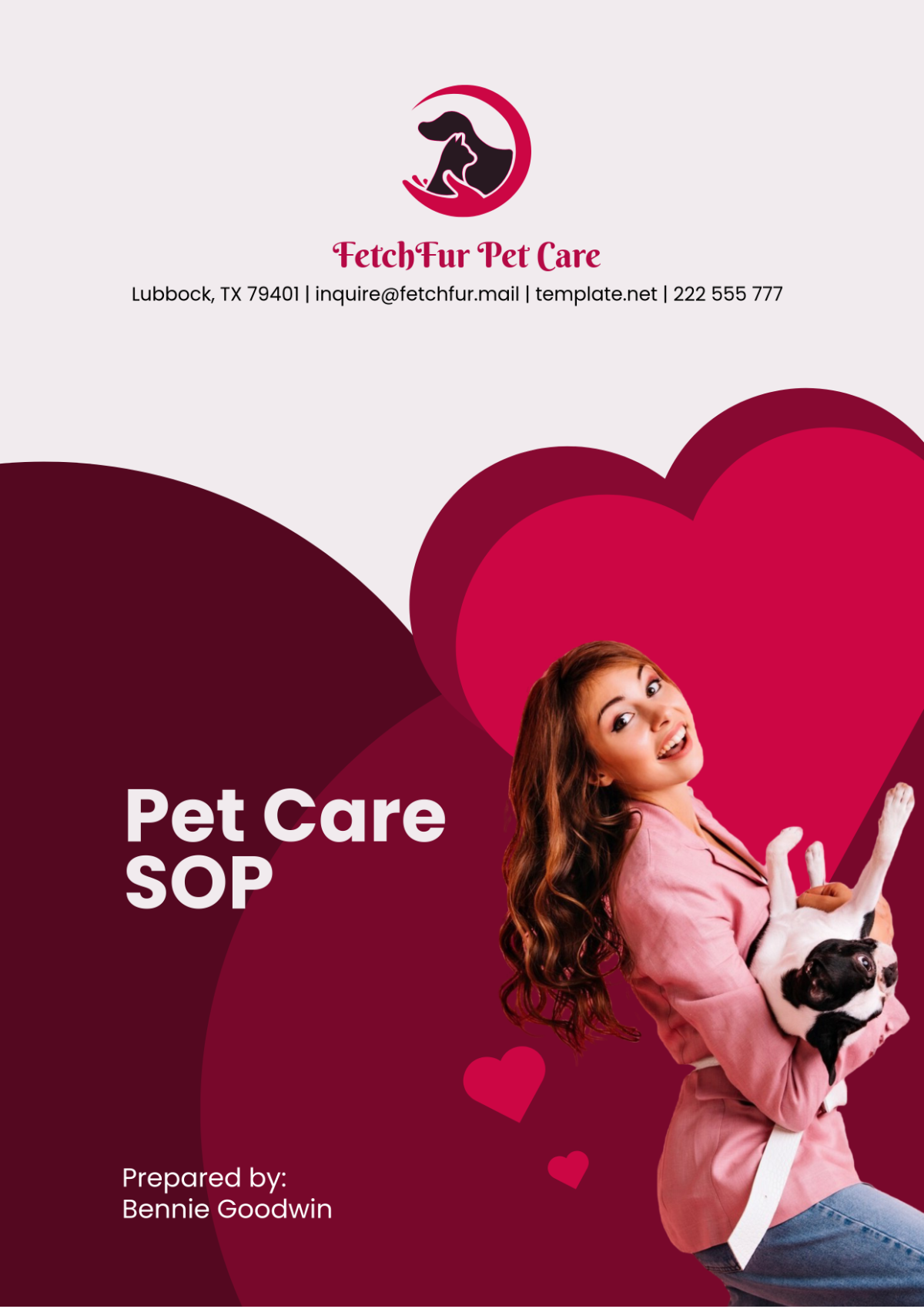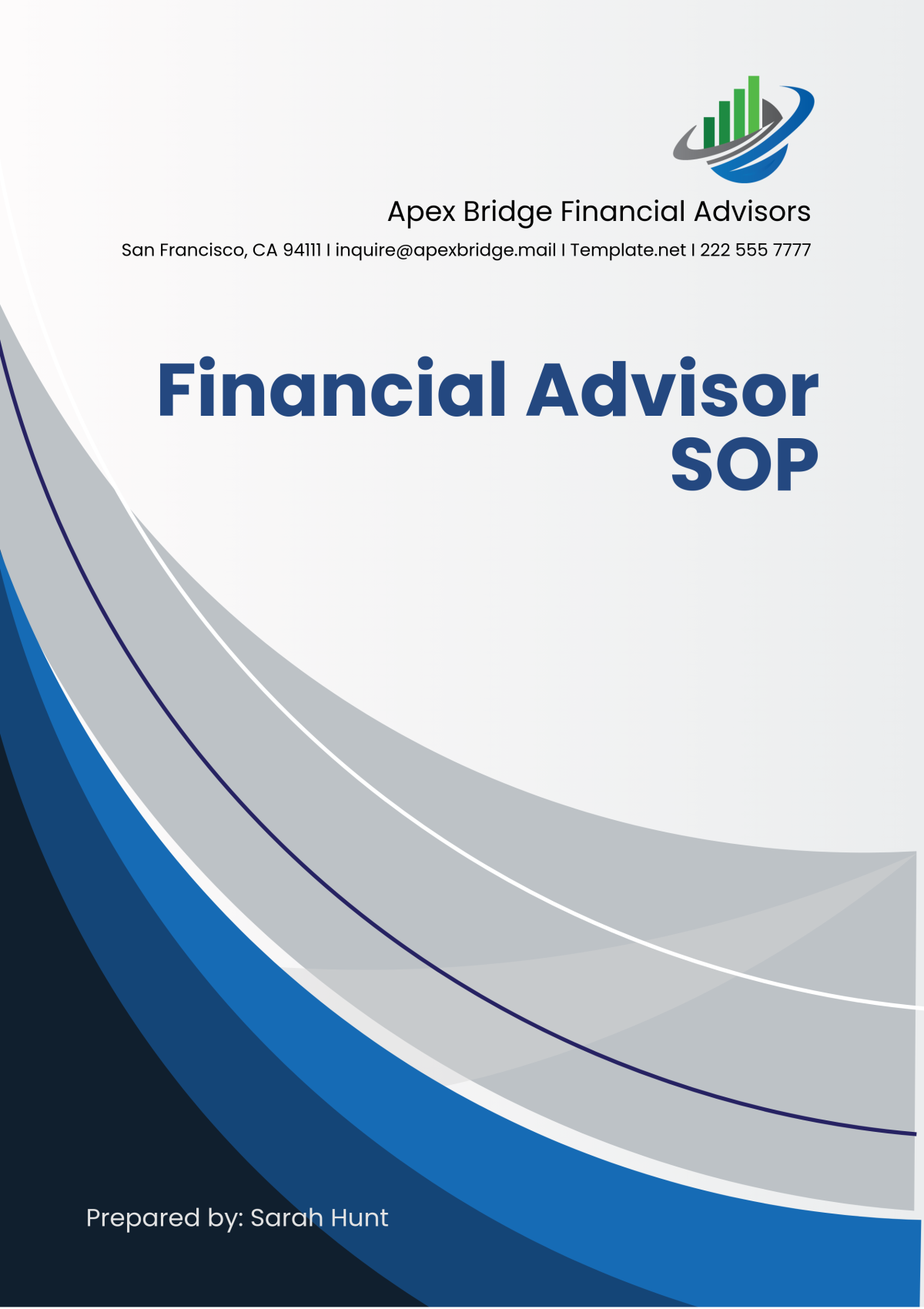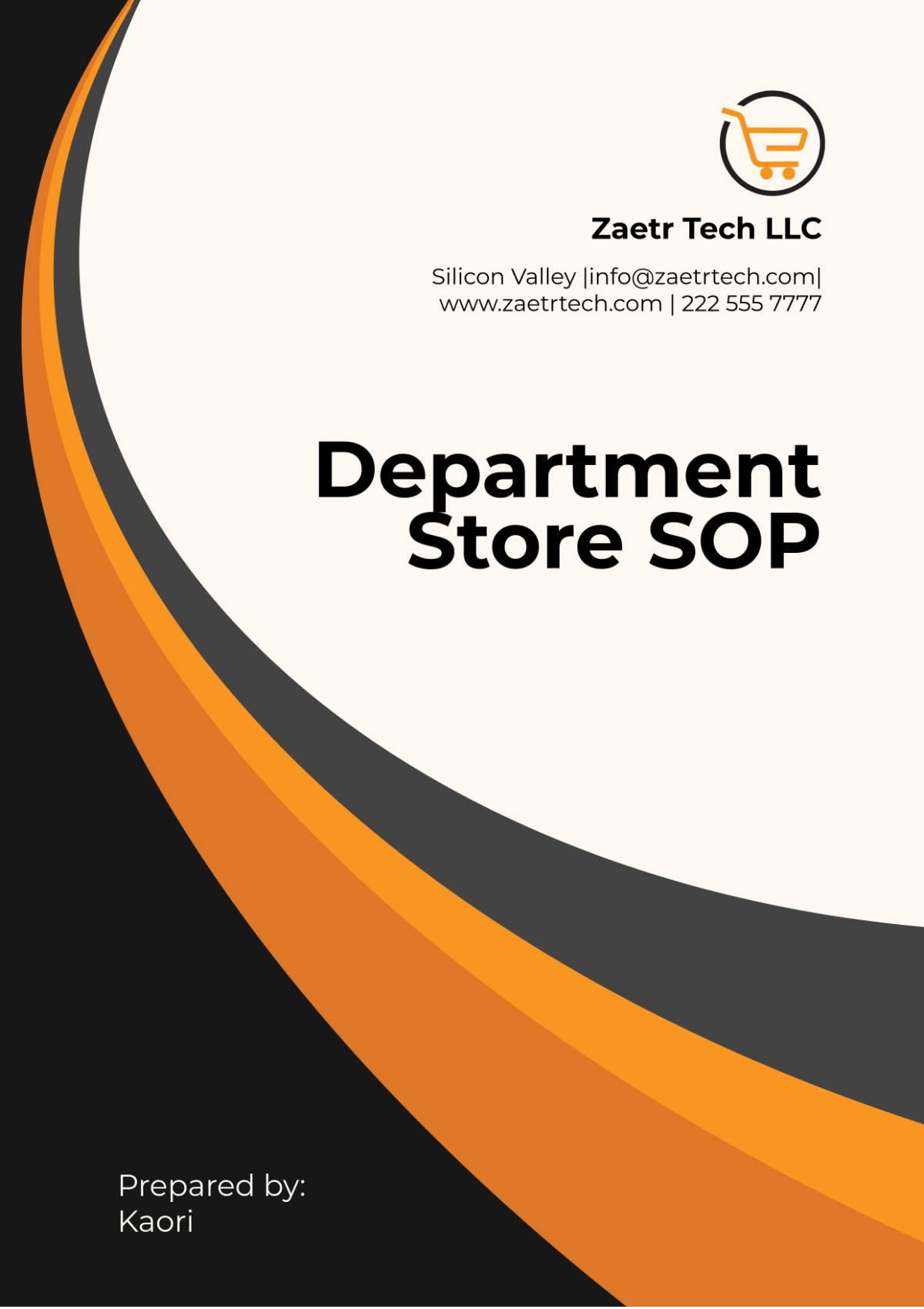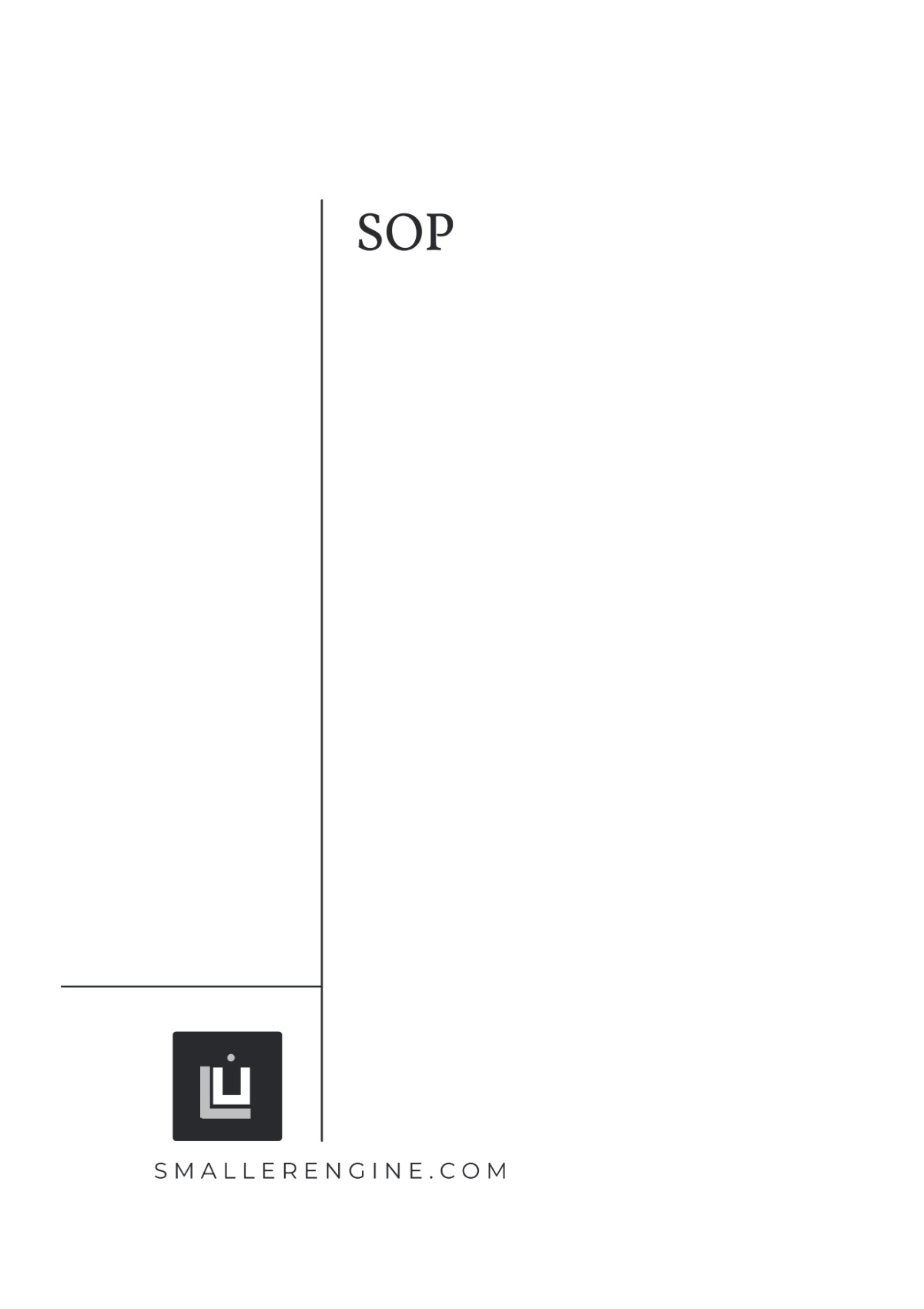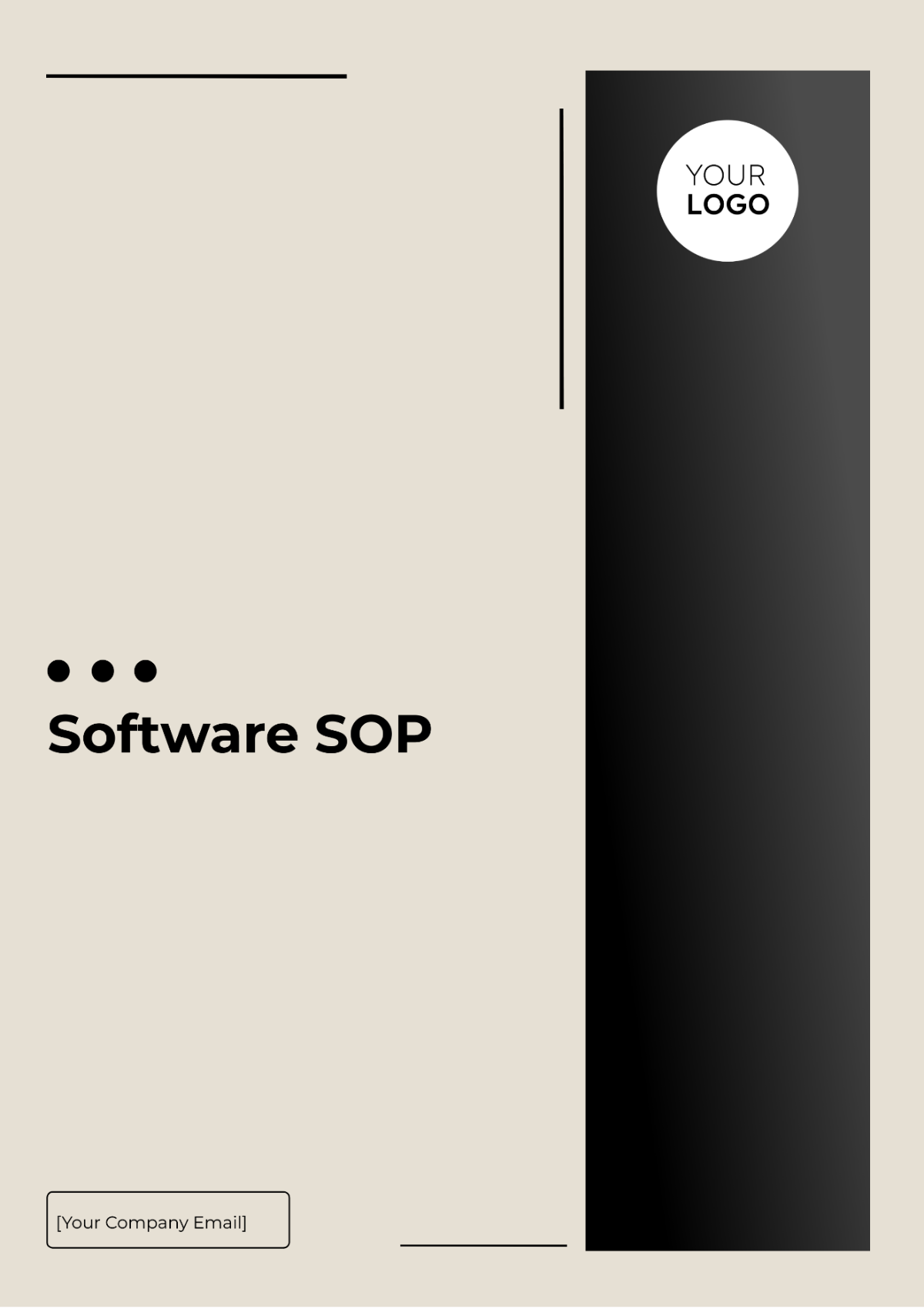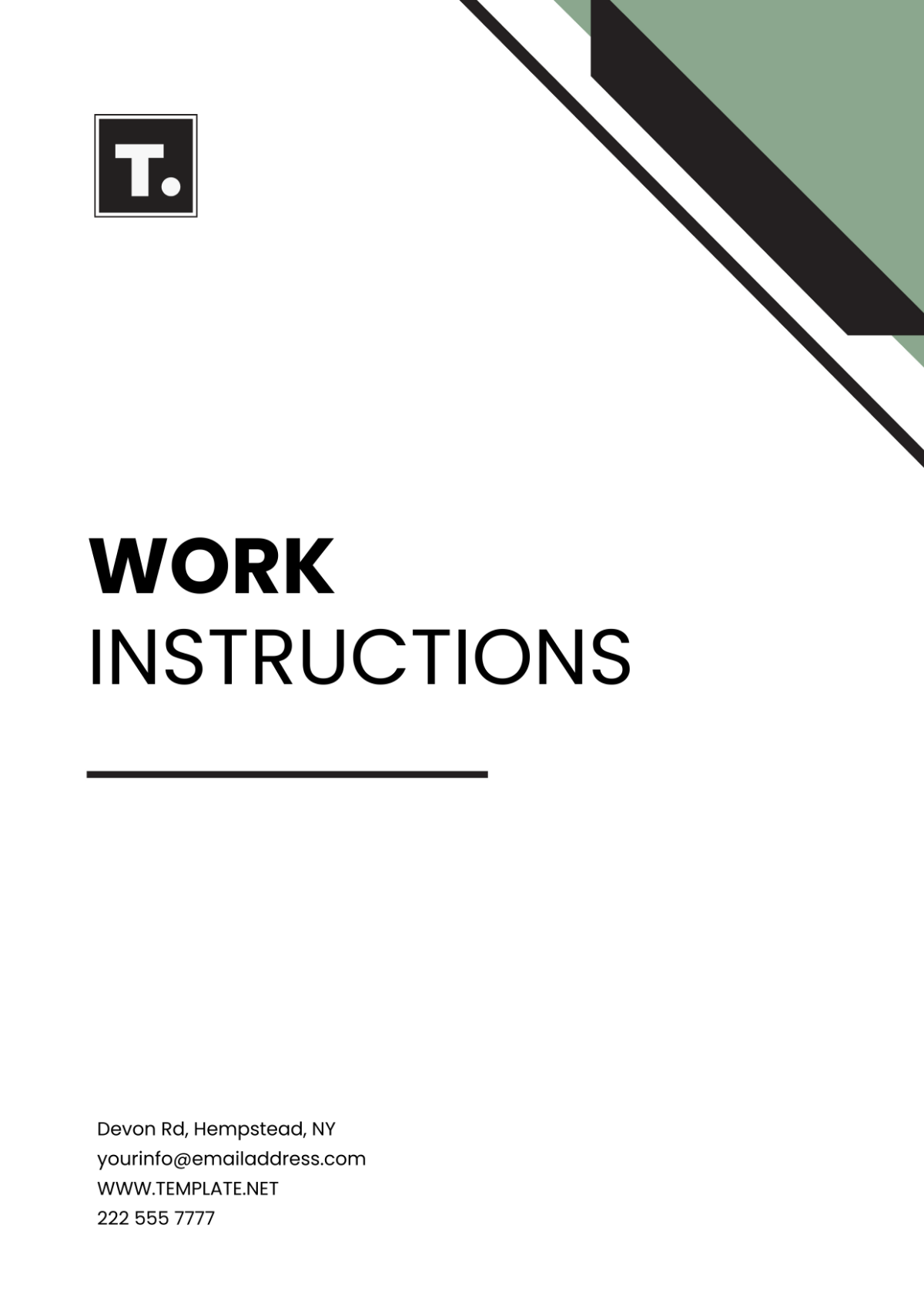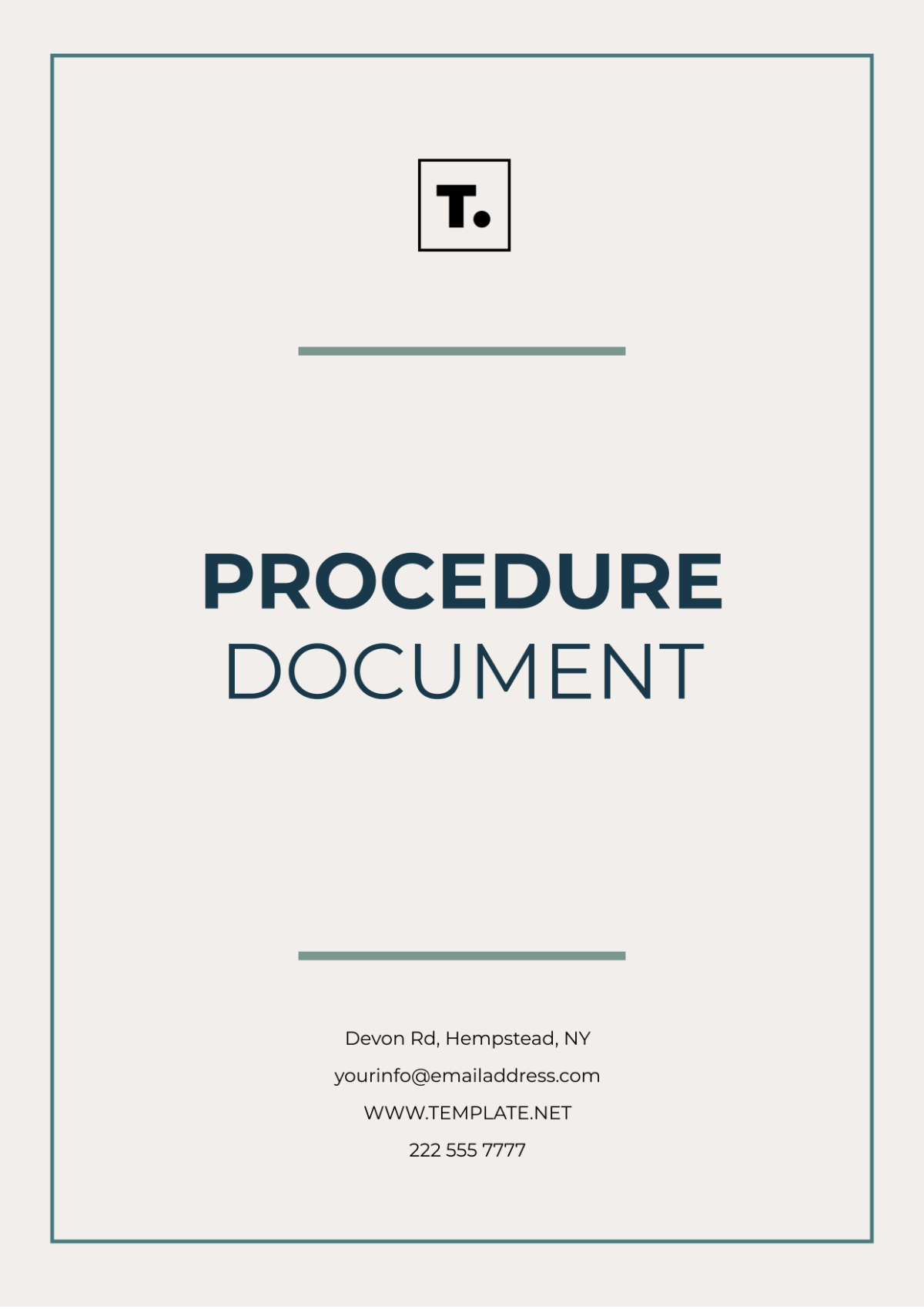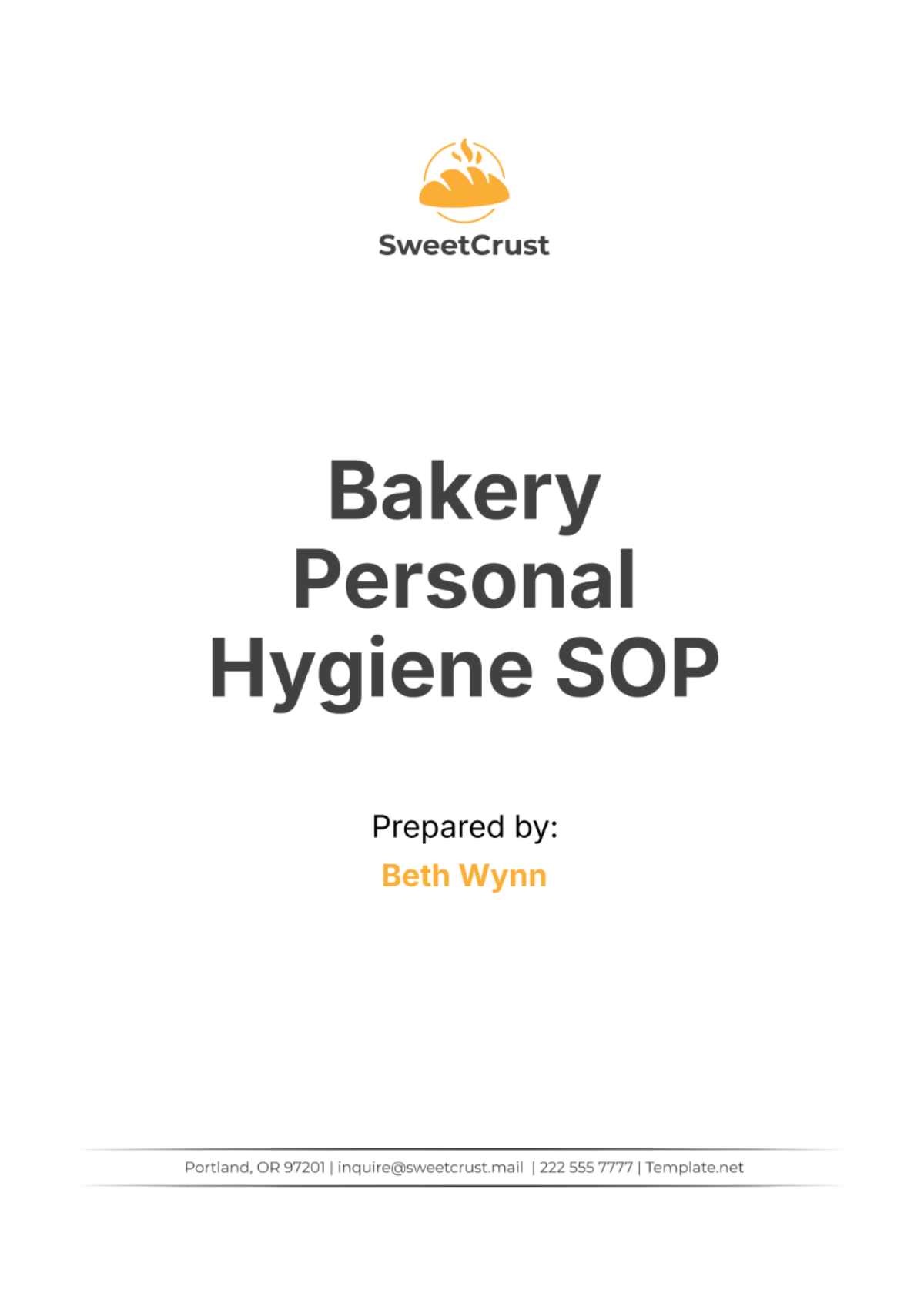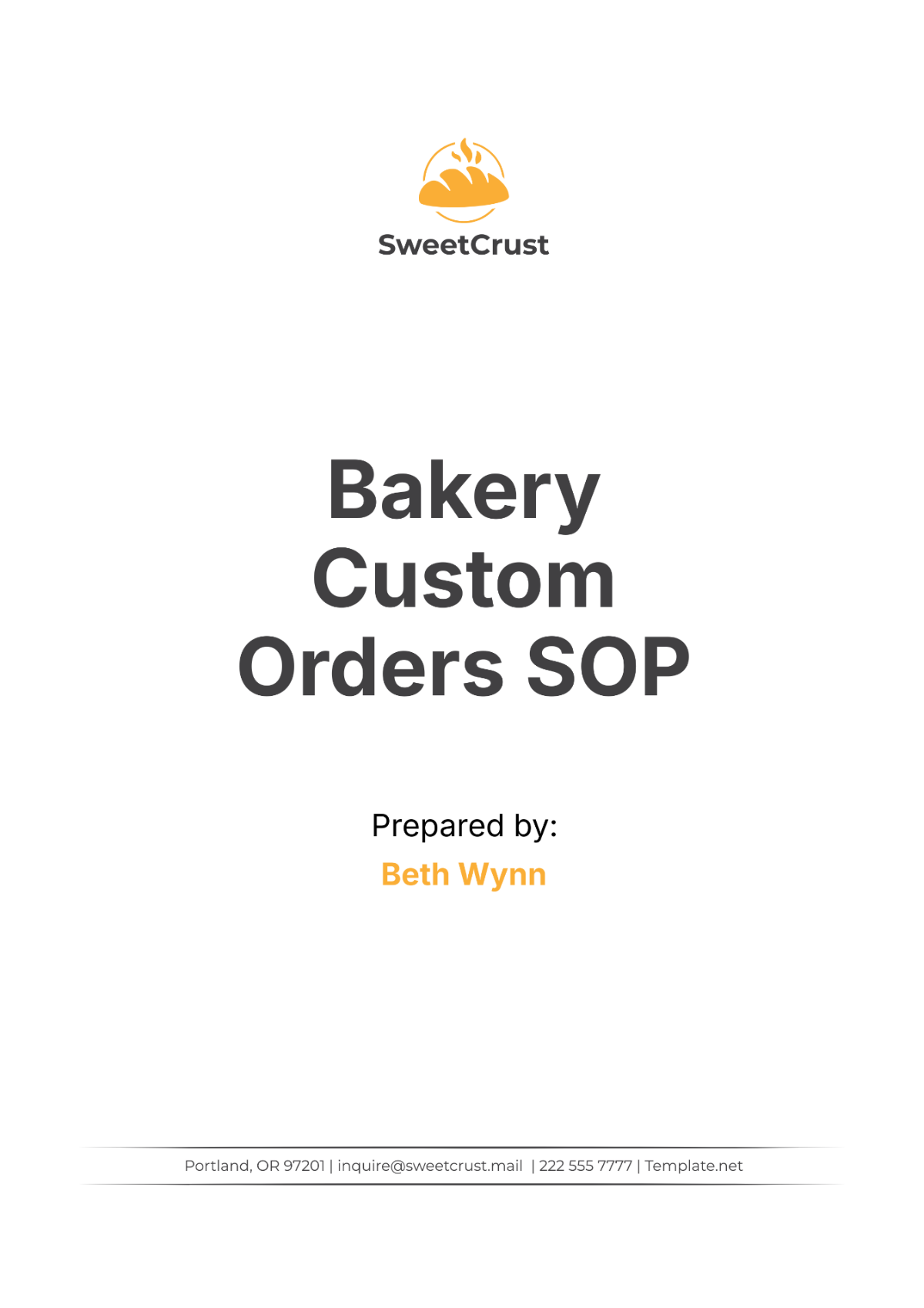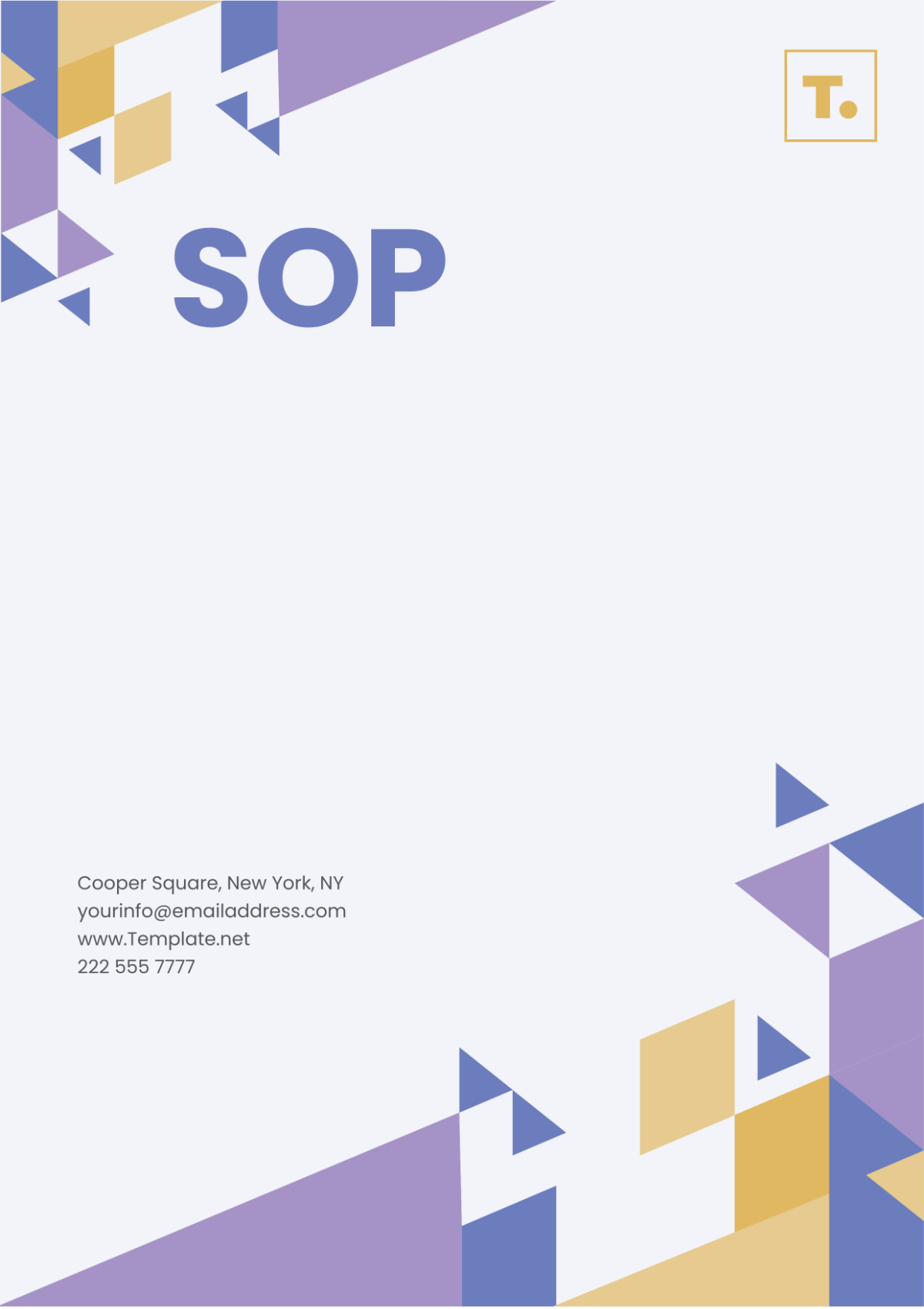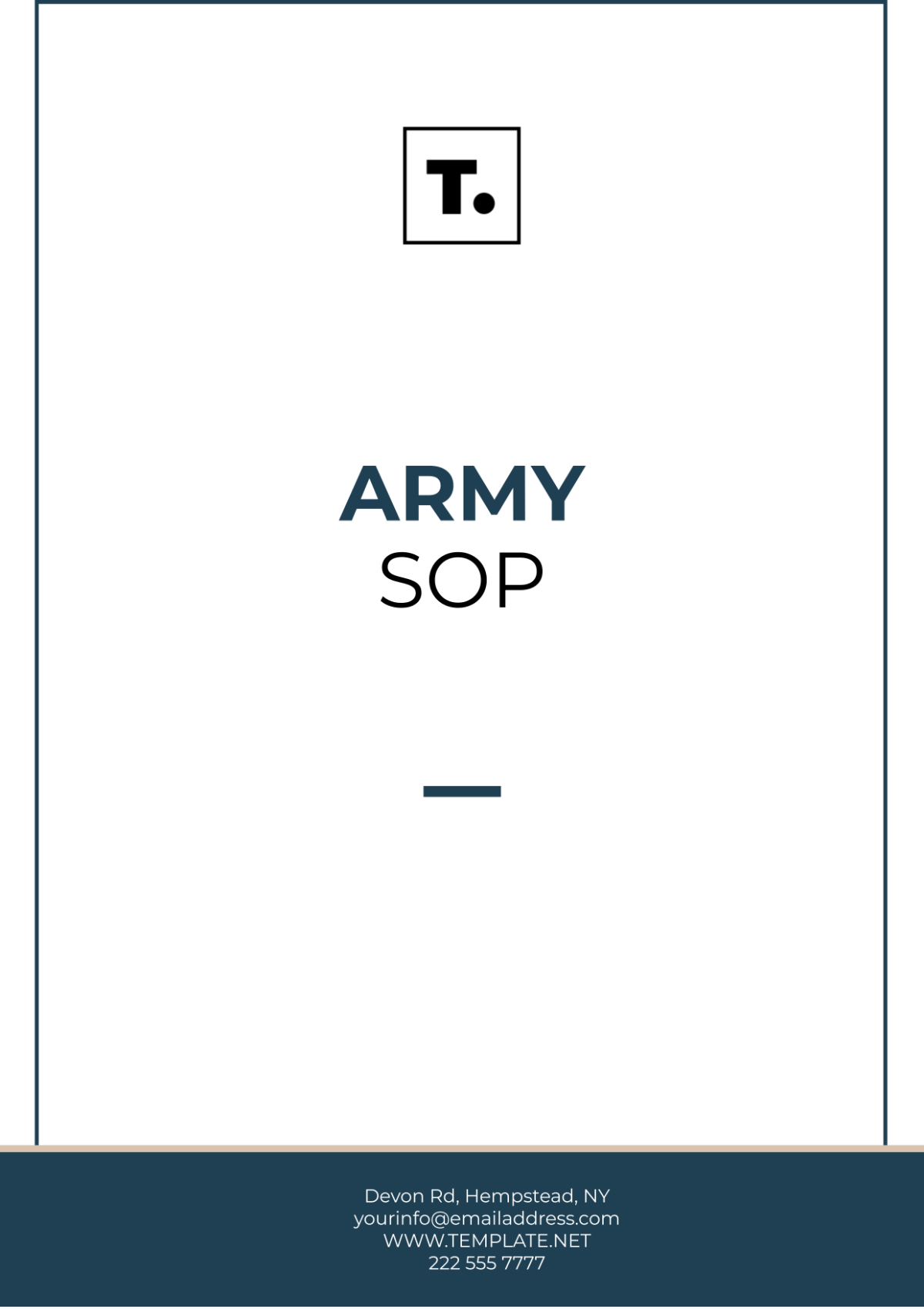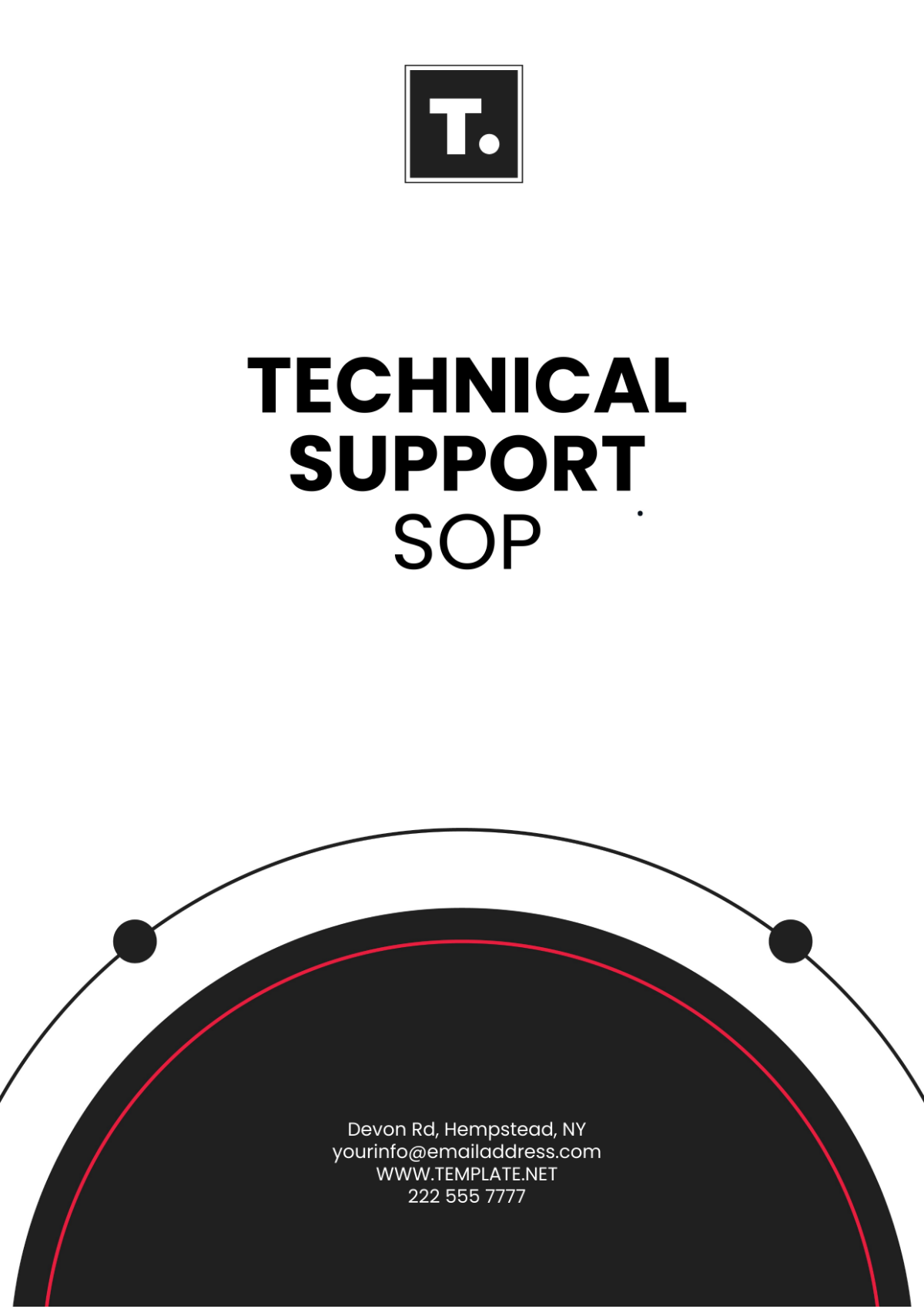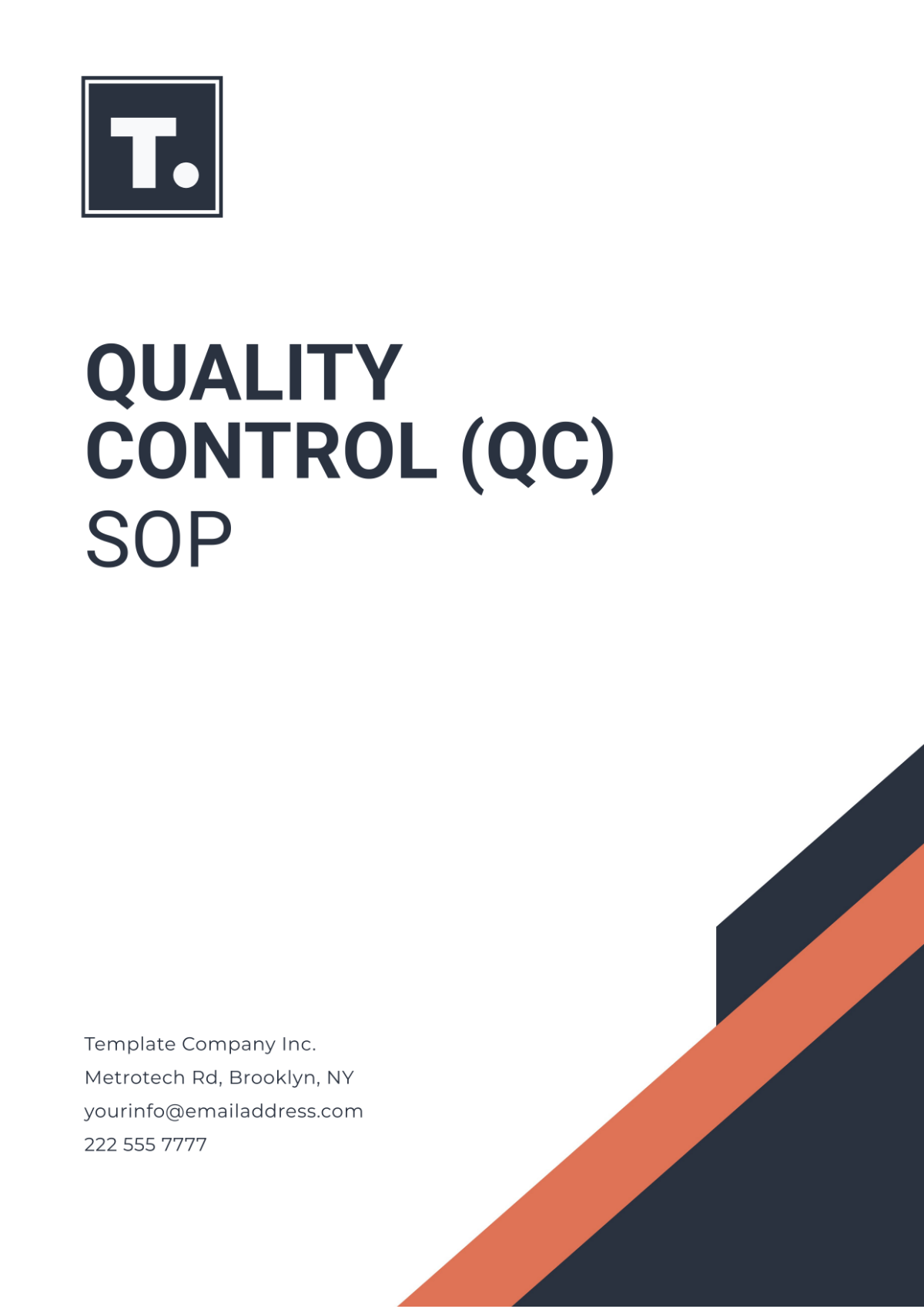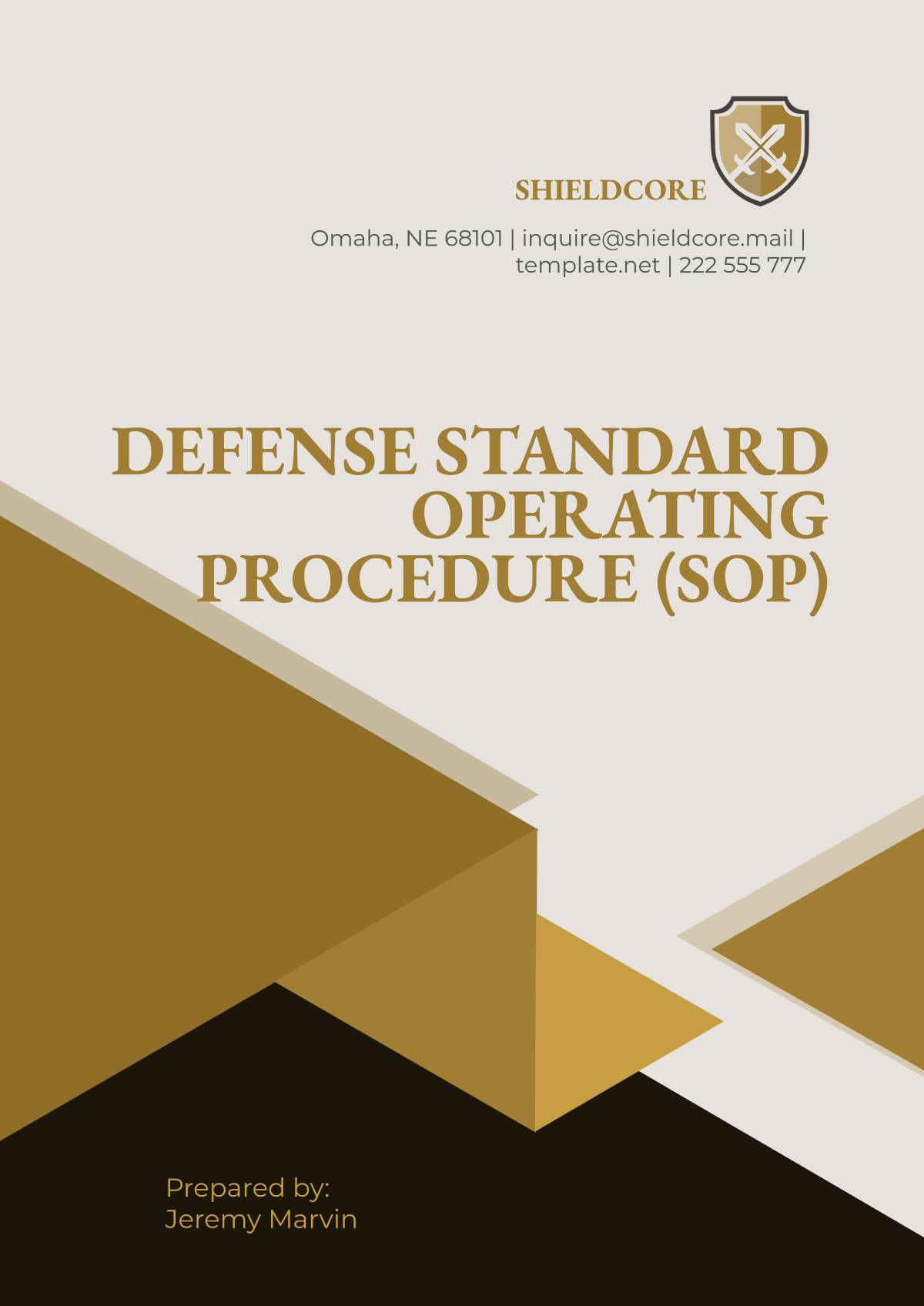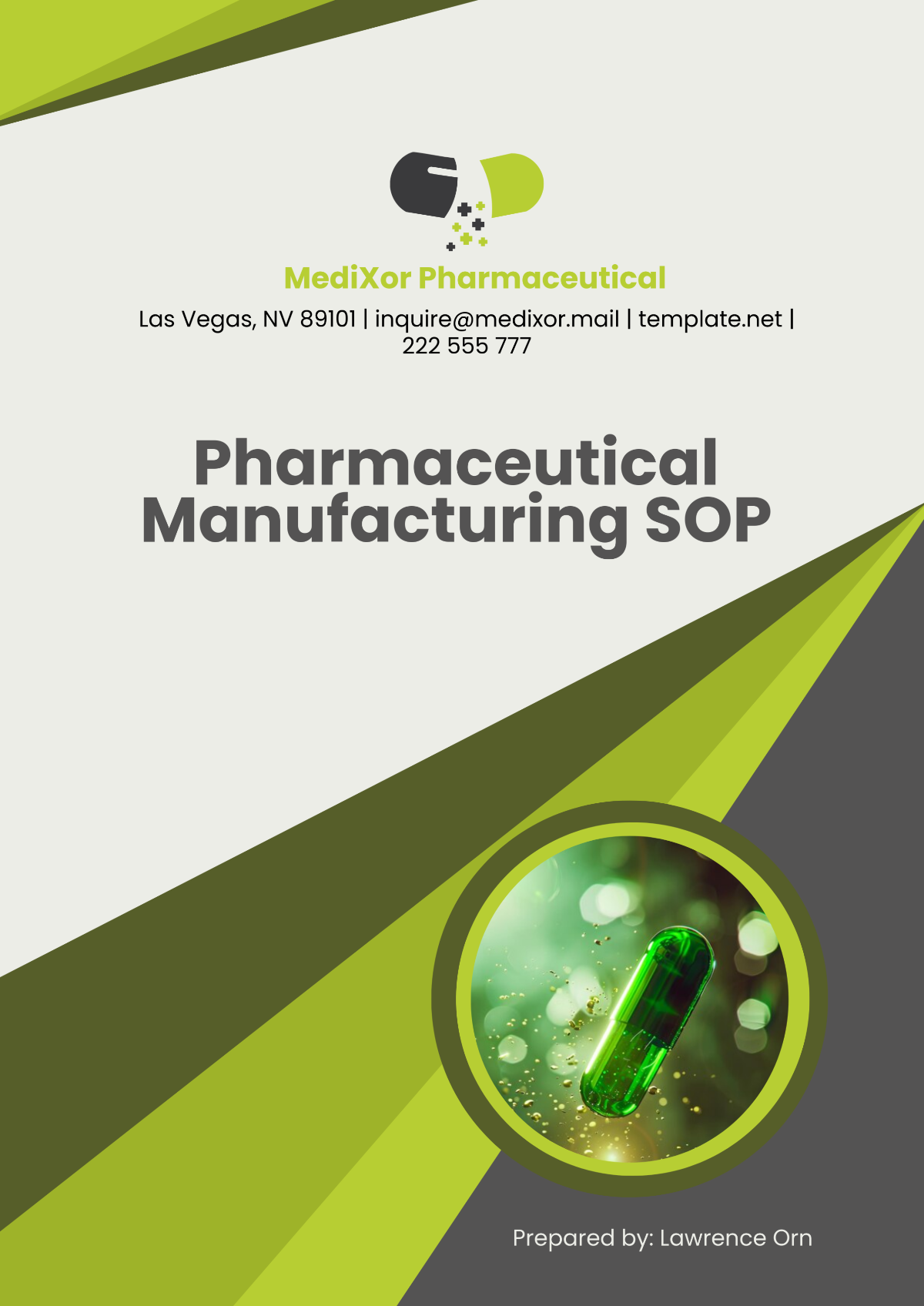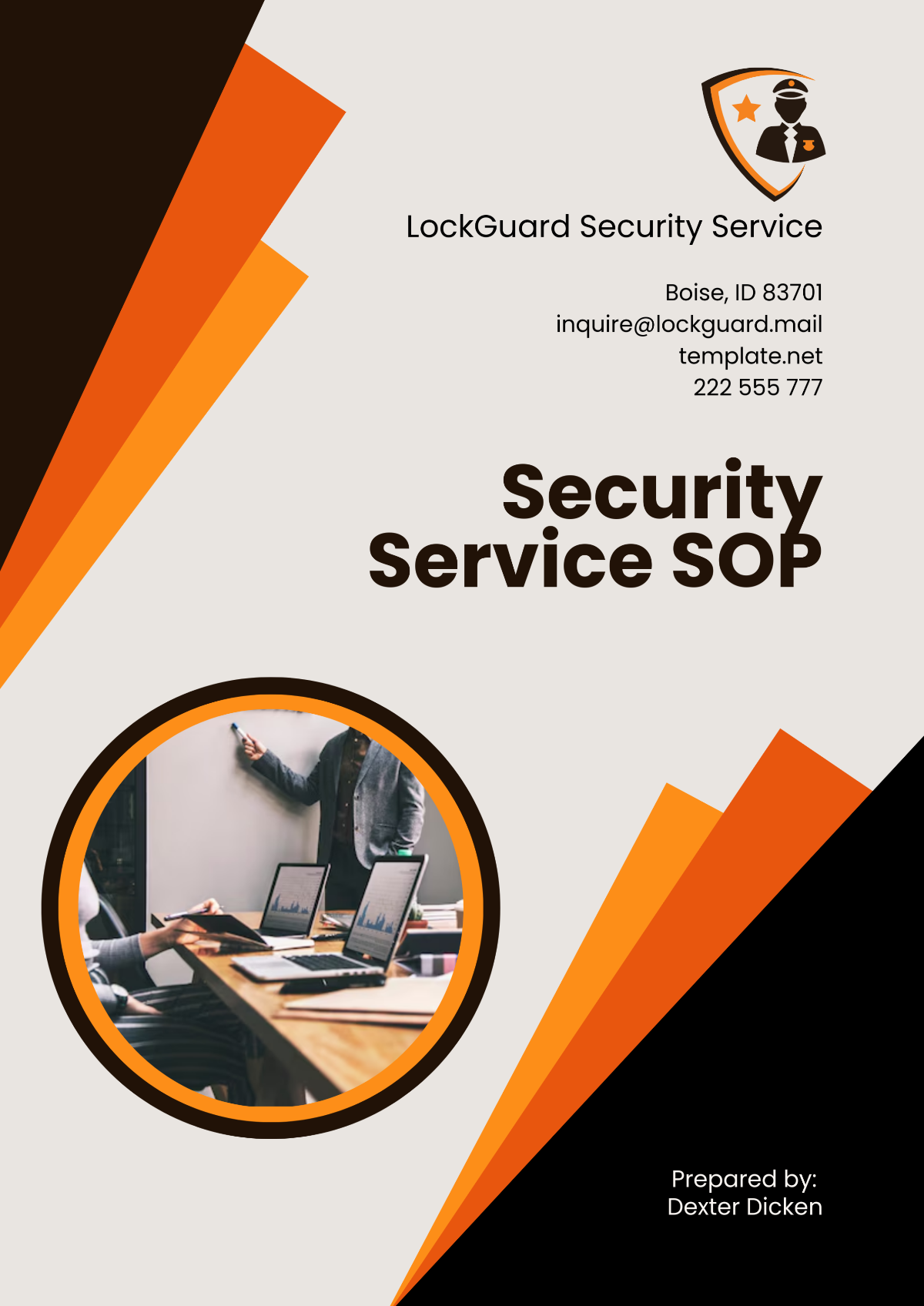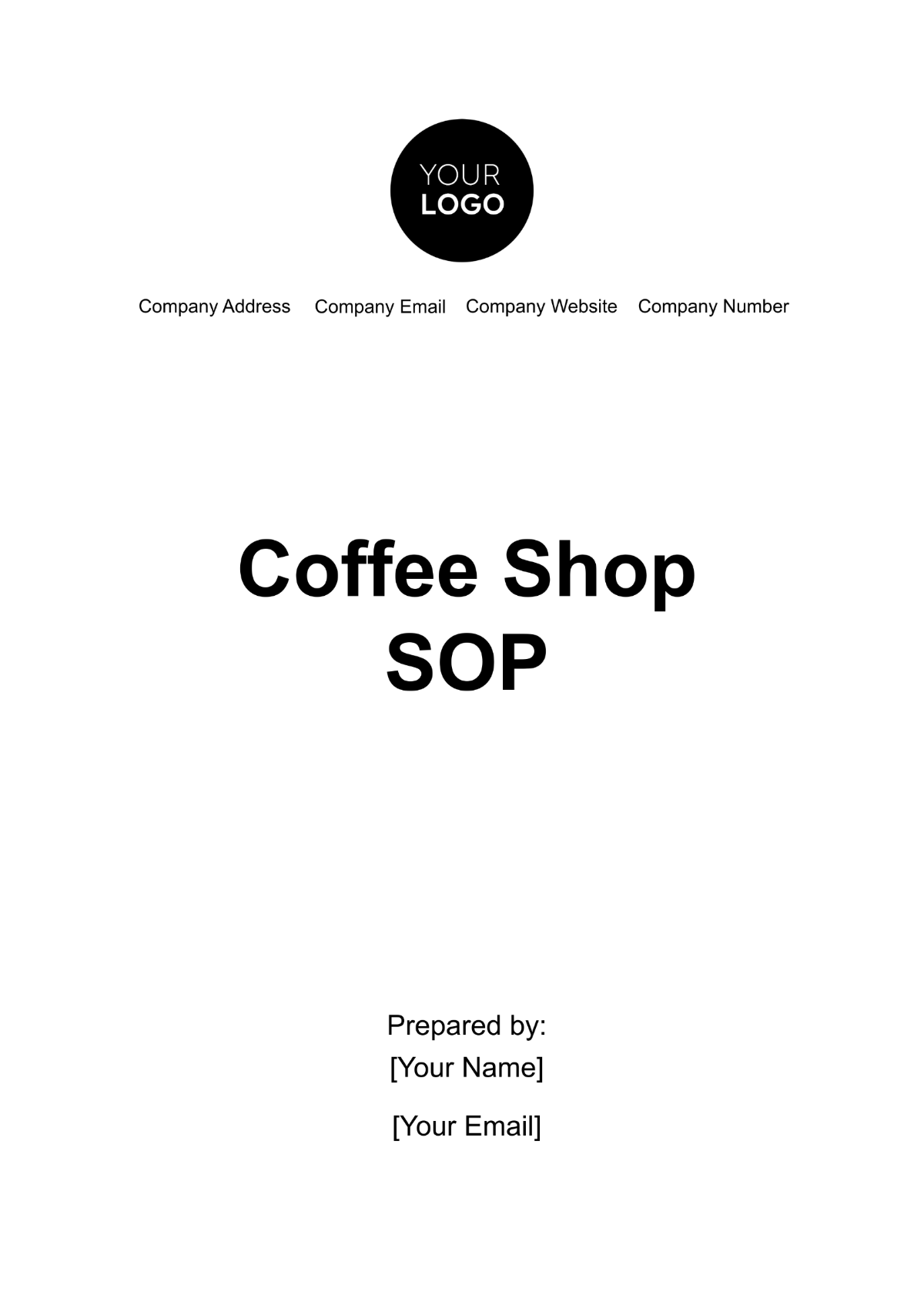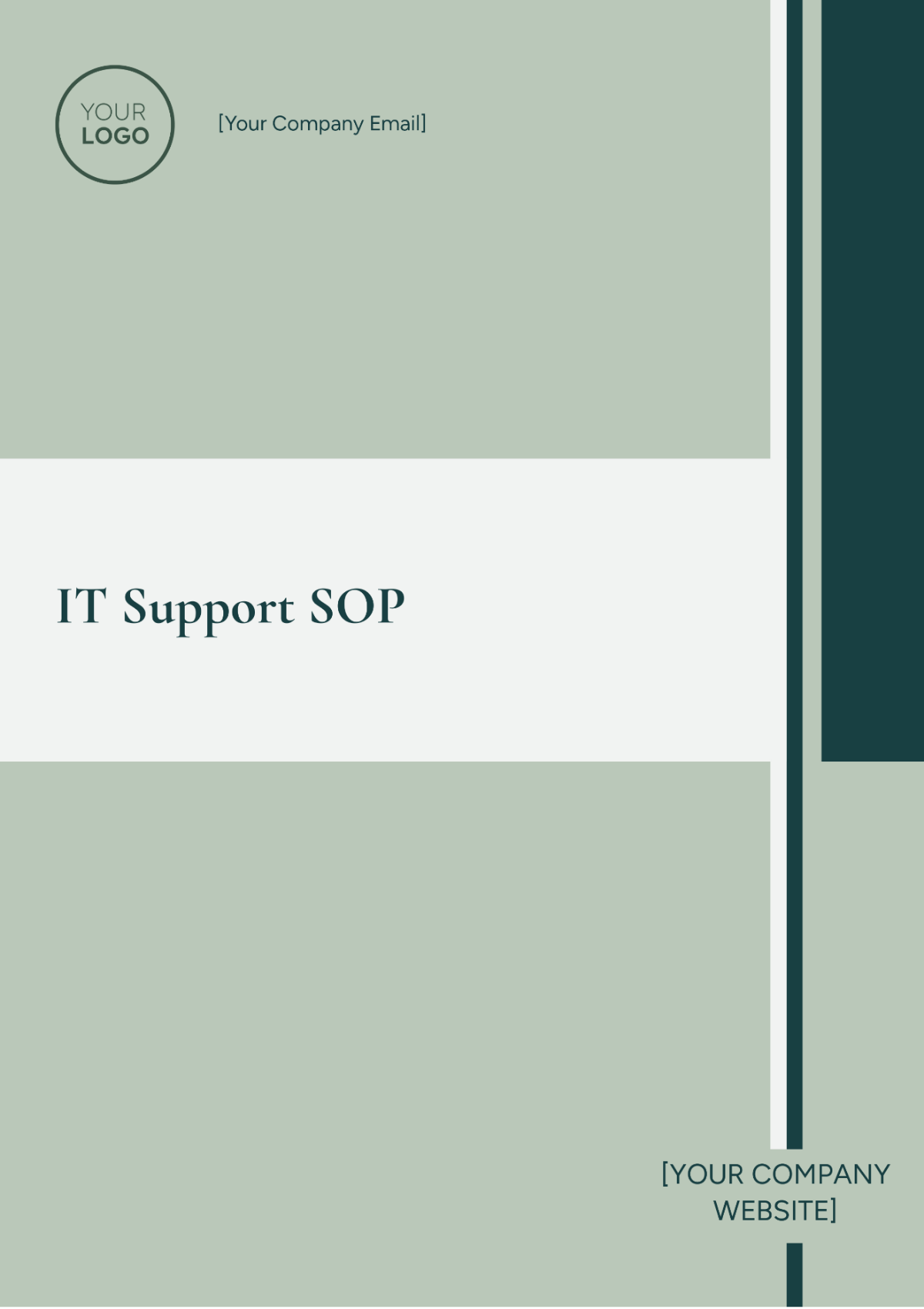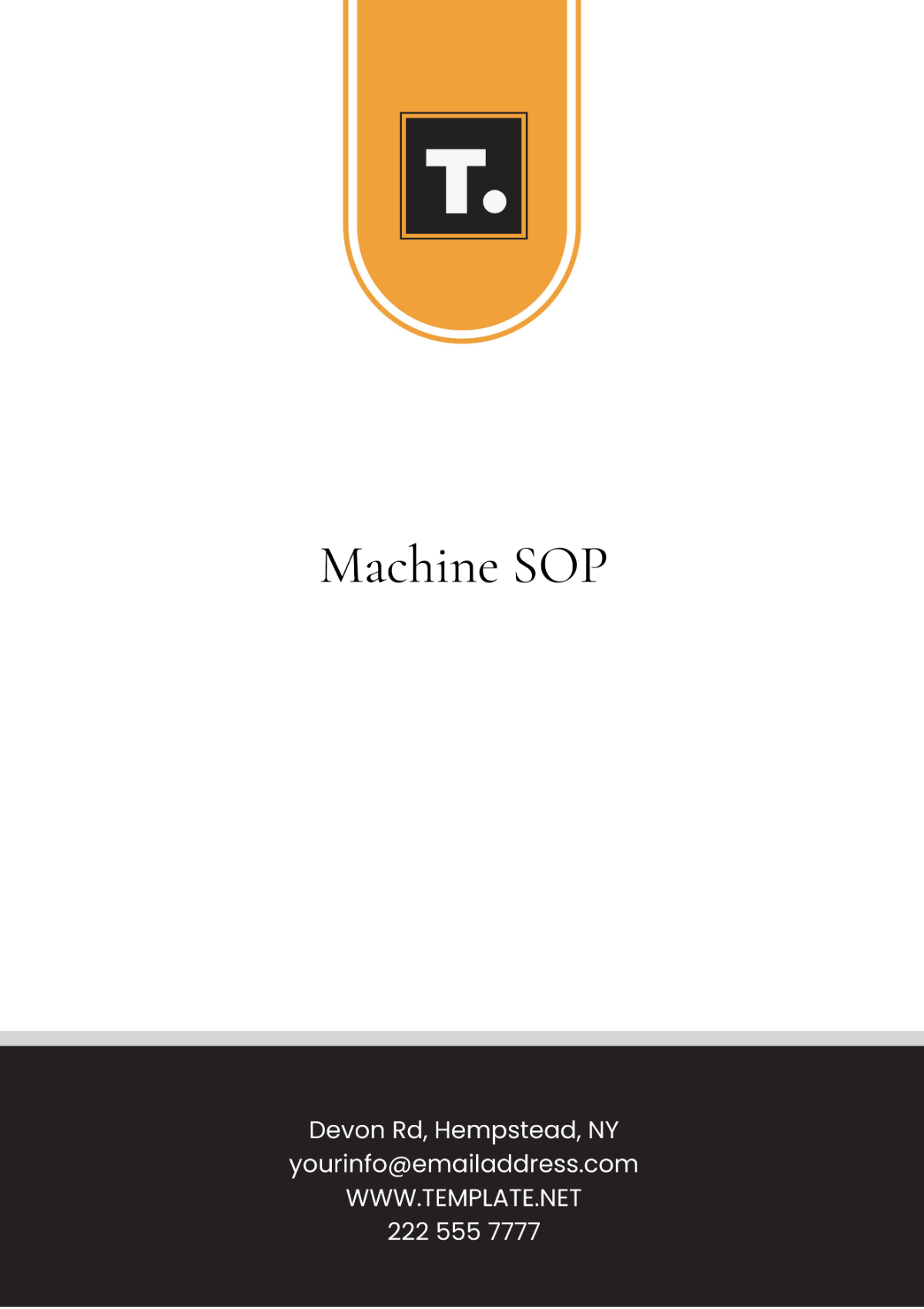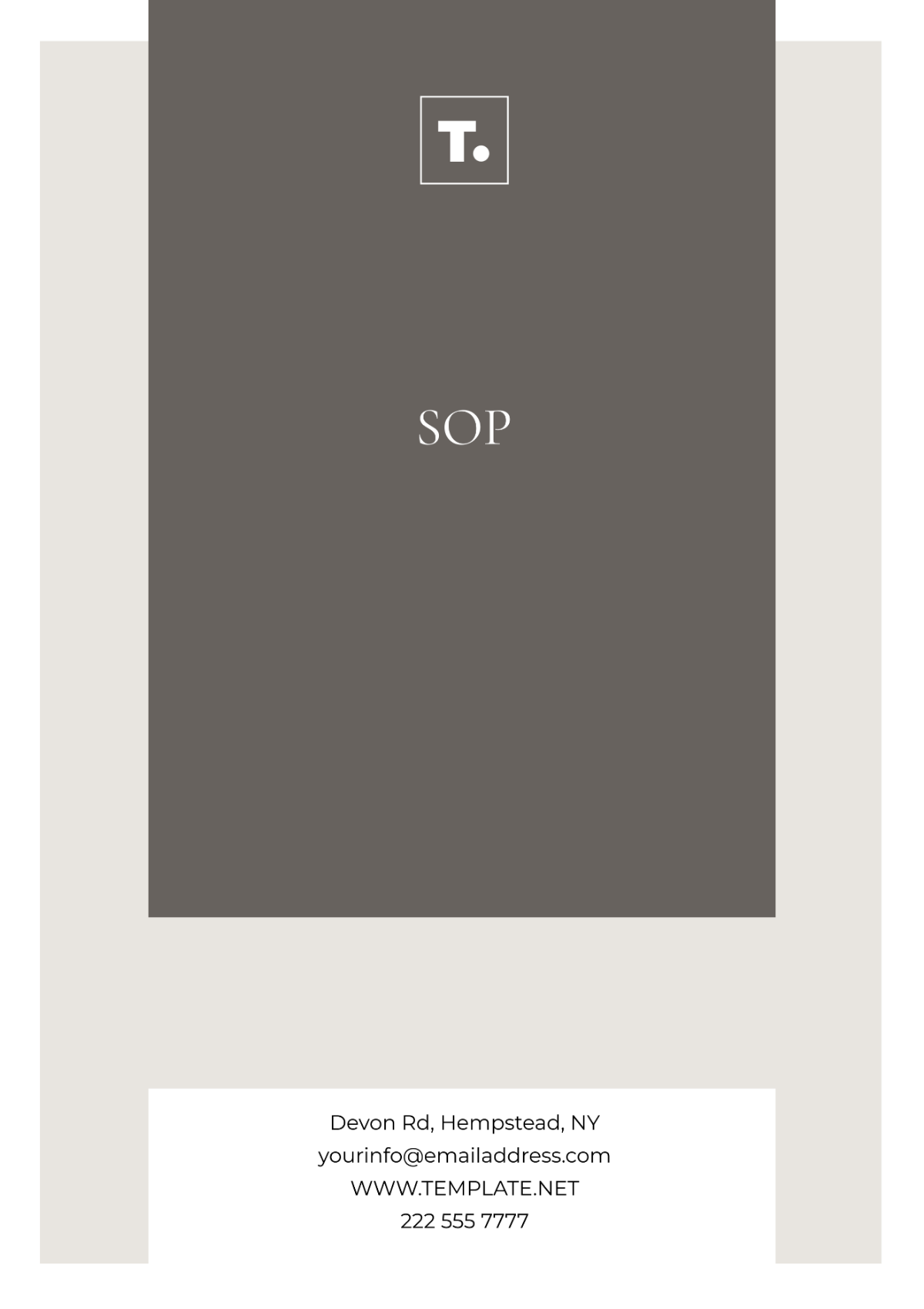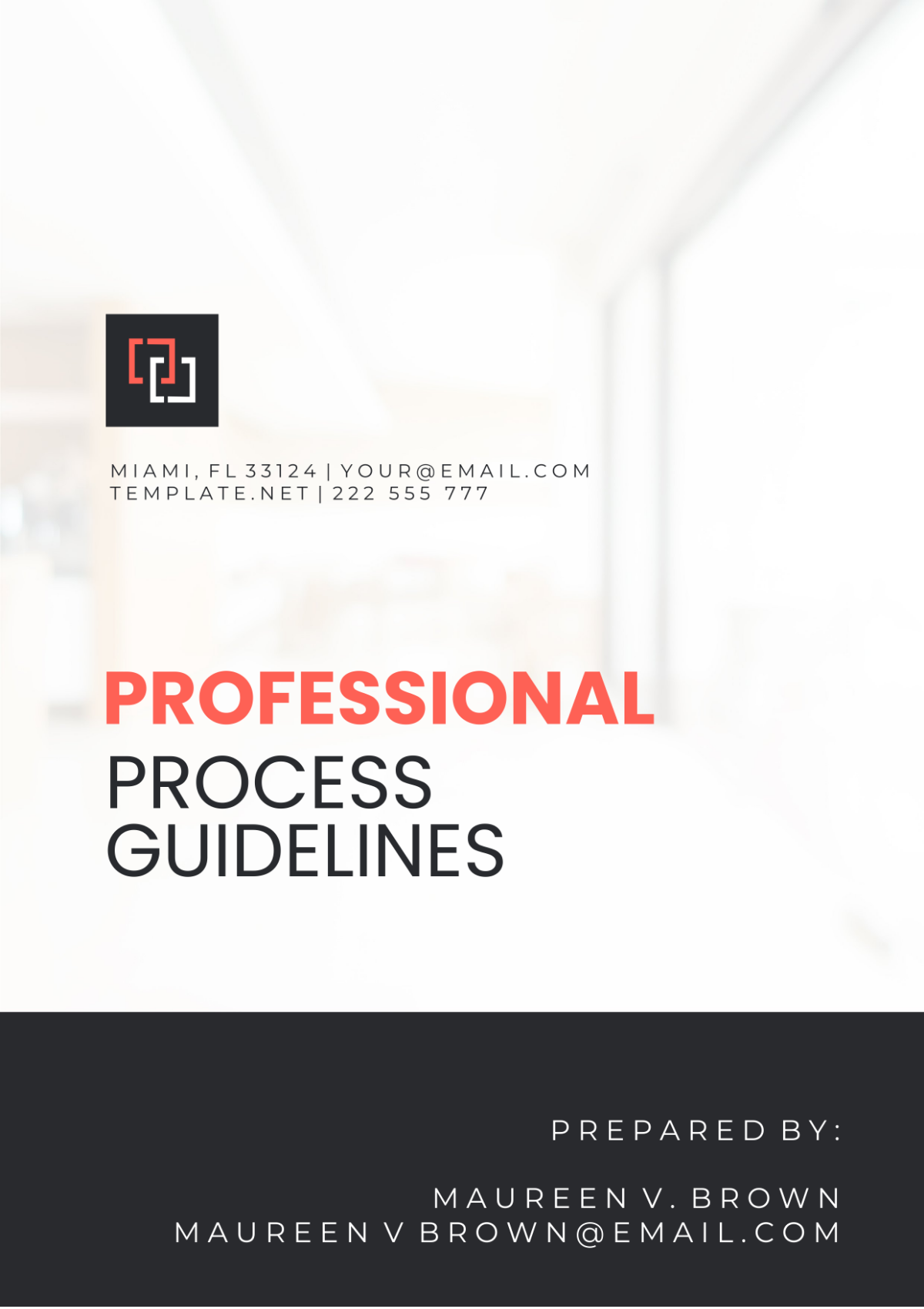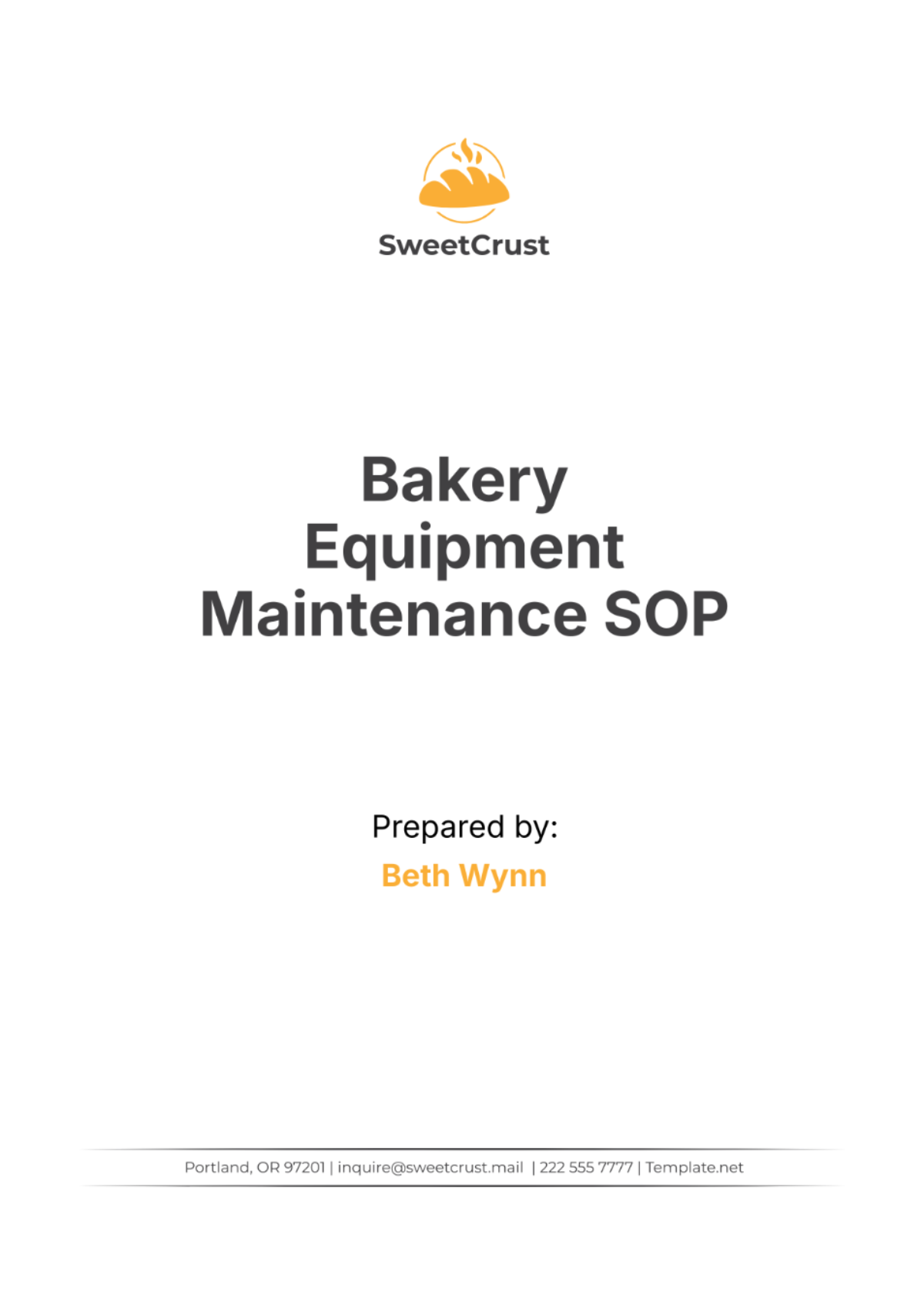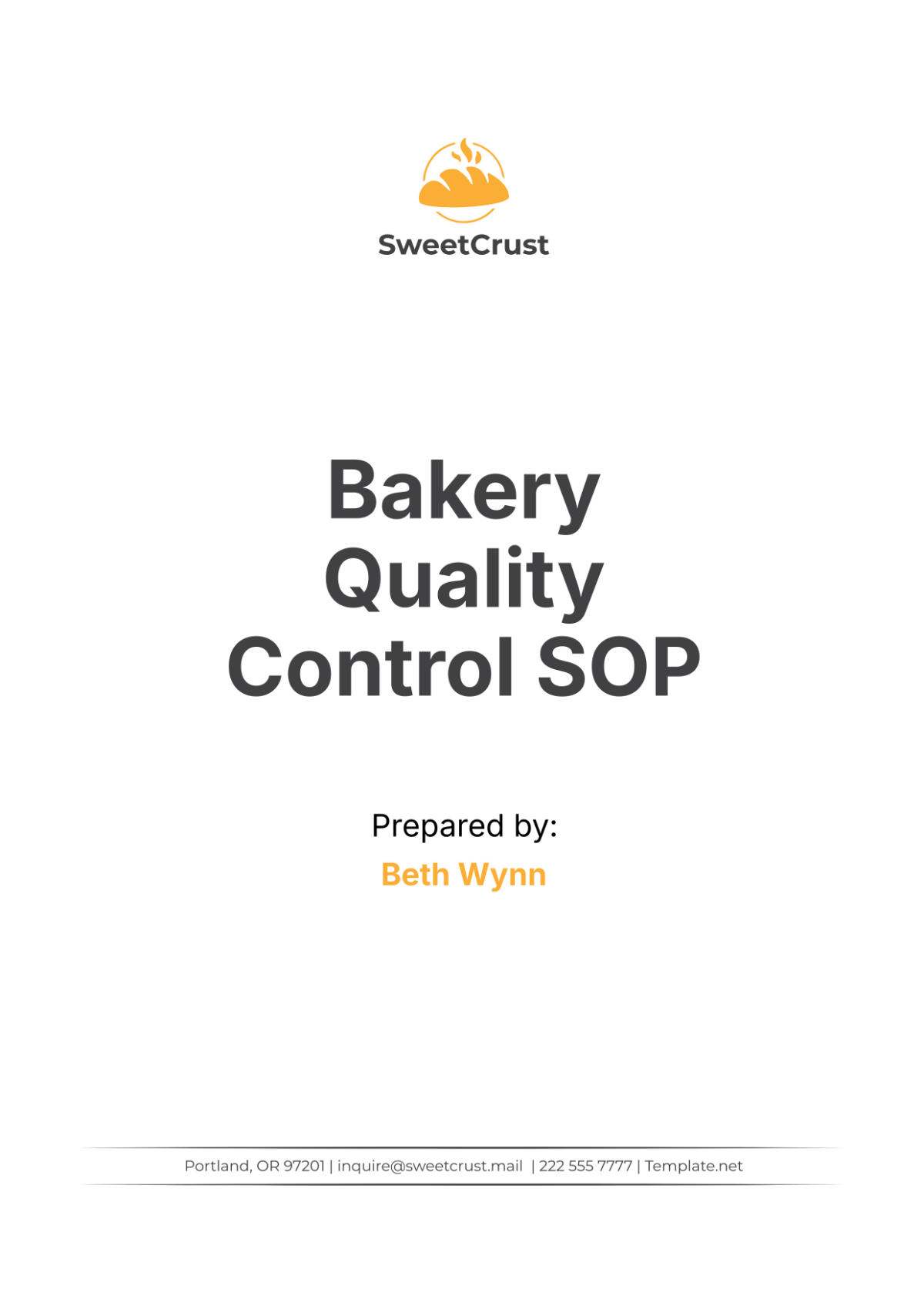Operations SOP
1. Purpose/Objective
This Standard Operating Procedure (SOP) aims to outline the procedures and guidelines for quality assurance personnel involved in monitoring and improving operational processes at [Your Company Name]. This SOP aims to ensure consistency, efficiency, and adherence to quality standards throughout all stages of operations.
2. Scope
This SOP applies to all quality assurance personnel responsible for monitoring and improving operational processes within [Organization Name]. It encompasses all departments and functions where quality assurance activities are conducted.
3. Responsibilities
Quality Assurance Manager: Oversees the implementation of quality assurance procedures, conducts regular audits, and ensures compliance with quality standards.
Quality Assurance Officers: Conduct routine inspections, analyze data, identify areas for improvement, and collaborate with relevant departments to implement corrective actions.
Operations Managers: Provide support and resources to facilitate quality assurance activities and implement recommended improvements.
All Employees: Follow established procedures, report any deviations or quality issues, and actively participate in quality improvement initiatives.
4. Definitions/Terminology
Quality Assurance (QA): The systematic process of ensuring that products or services meet specified requirements and standards.
Operational Processes: The series of interconnected activities and tasks performed to achieve specific objectives within an organization.
Corrective Action: Steps taken to address and rectify identified quality issues or deviations from established standards.
Non-Conformance: Any deviation from specified requirements or standards that affects the quality of products or services.
Continuous Improvement: The ongoing effort to enhance processes, products, or services through incremental changes and innovations.
5. Materials/Equipment
Inspection checklists
Testing equipment
Data recording tools
Quality management software
Personal protective equipment (PPE)
Communication devices (e.g., phones, radios)
6. Procedures/Methods
Routine Inspections:
Conduct regular inspections of operational processes according to predefined schedules.
Use standardized inspection checklists to evaluate compliance with quality standards.
Document inspection findings, including any non-conformances or areas for improvement.
Data Analysis:
Collect and analyze data related to key performance indicators (KPIs) and quality metrics.
Identify trends, patterns, and potential areas for improvement based on data analysis.
Generate reports to communicate findings and recommendations to relevant stakeholders.
Corrective Actions:
Investigate root causes of identified non-conformances or quality issues.
Develop and implement corrective action plans to address root causes and prevent recurrence.
Monitor the effectiveness of corrective actions and adjust as necessary to achieve desired outcomes.
Continuous Improvement:
Facilitate cross-functional collaboration to identify opportunities for process improvement.
Implement incremental changes and innovations to enhance operational efficiency and quality.
Regularly review and update procedures and standards based on lessons learned and industry best practices.
7. Safety Precautions
Adhere to all relevant safety protocols and regulations when conducting quality assurance activities.
Wear appropriate personal protective equipment (PPE) when performing inspections or handling equipment.
Report any safety hazards or concerns to the designated safety officer or supervisor immediately.
8. Quality Control/Assurance
Ensure that all operational processes comply with established quality standards and requirements.
Monitor and verify the effectiveness of quality control measures through regular inspections and audits.
Implement preventive measures to proactively address potential quality issues and minimize risks.
9. Troubleshooting/Problem-Solving
Utilize problem-solving methodologies such as root cause analysis and fishbone diagrams to identify and resolve quality issues.
Engage relevant stakeholders to brainstorm solutions and implement corrective actions on time.
Track and monitor the progress of troubleshooting efforts to ensure successful resolution of problems.
10. Revision History
Version | Date | Changes |
|---|---|---|
1.0 | [Date] | Initial draft |
1.1 | [Date] | Updated procedures for data analysis based on feedback from stakeholders |
1.2 | [Date] | Revised inspection checklists to include additional criteria for quality assessment |
11. Approval
This SOP has been reviewed and approved by:
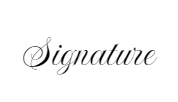
[Printed Name]
Quality Assurance Manager
[Approval Date]

[Printed Name]
Operations Manager
[Approval Date]

[Printed Name]
Safety Officer
[Approval Date]


